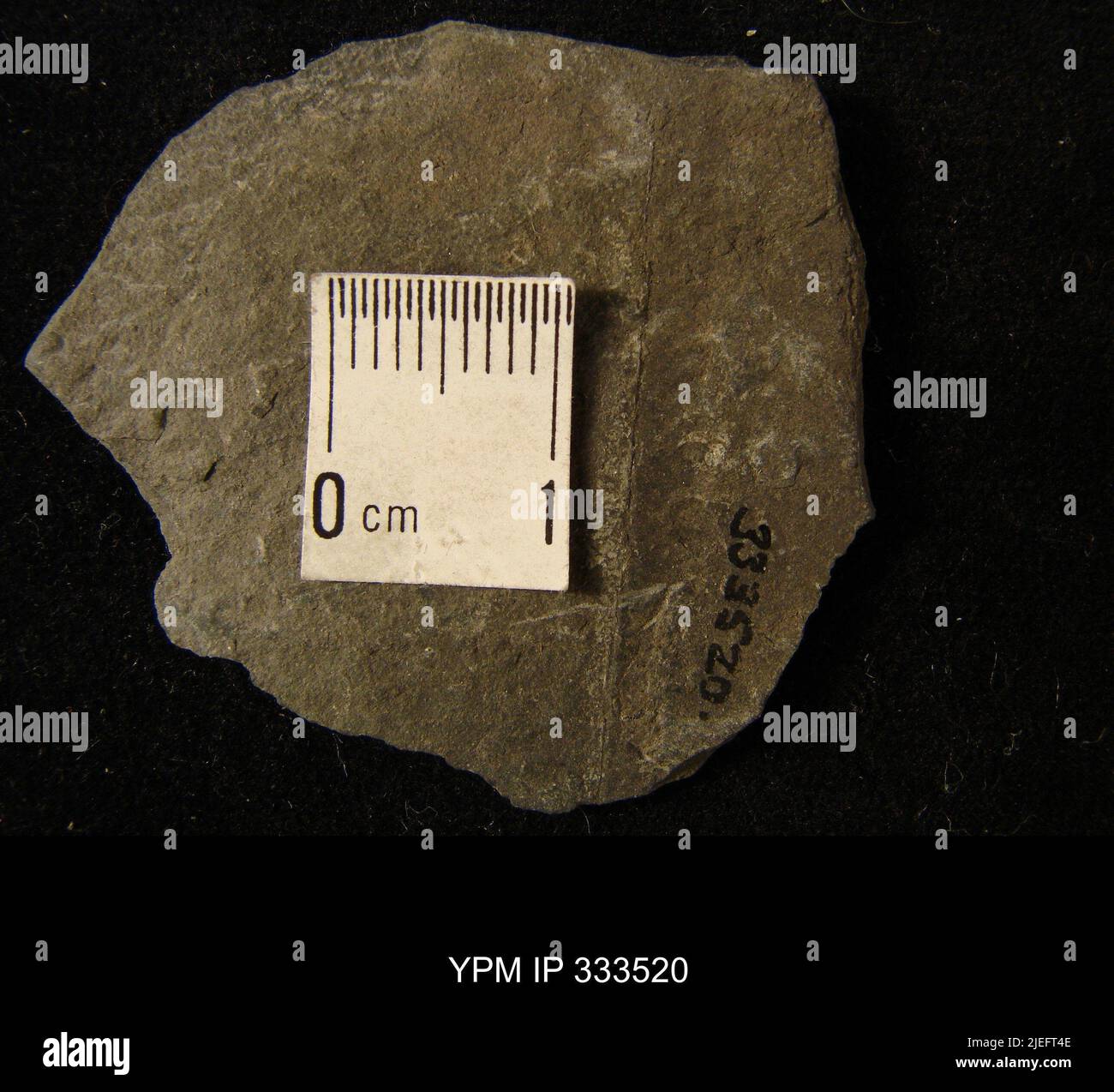Quick filters:
Graptoloidea Stock Photos and Images
 Monograptus, Print, Monograptus is a genus of graptolites in the Order Graptoloidea. This particular genus is the last stage of the graptoloid evolution before its extinction in the early Devonian. A characteristic of the genus includes one uniserial stipe with very elaborate thecae. This particular genus contains large number of graptolite species and may not be monophyletic Stock Photohttps://www.alamy.com/image-license-details/?v=1https://www.alamy.com/monograptus-print-monograptus-is-a-genus-of-graptolites-in-the-order-graptoloidea-this-particular-genus-is-the-last-stage-of-the-graptoloid-evolution-before-its-extinction-in-the-early-devonian-a-characteristic-of-the-genus-includes-one-uniserial-stipe-with-very-elaborate-thecae-this-particular-genus-contains-large-number-of-graptolite-species-and-may-not-be-monophyletic-image328692159.html
Monograptus, Print, Monograptus is a genus of graptolites in the Order Graptoloidea. This particular genus is the last stage of the graptoloid evolution before its extinction in the early Devonian. A characteristic of the genus includes one uniserial stipe with very elaborate thecae. This particular genus contains large number of graptolite species and may not be monophyletic Stock Photohttps://www.alamy.com/image-license-details/?v=1https://www.alamy.com/monograptus-print-monograptus-is-a-genus-of-graptolites-in-the-order-graptoloidea-this-particular-genus-is-the-last-stage-of-the-graptoloid-evolution-before-its-extinction-in-the-early-devonian-a-characteristic-of-the-genus-includes-one-uniserial-stipe-with-very-elaborate-thecae-this-particular-genus-contains-large-number-of-graptolite-species-and-may-not-be-monophyletic-image328692159.htmlRM2A2N65K–Monograptus, Print, Monograptus is a genus of graptolites in the Order Graptoloidea. This particular genus is the last stage of the graptoloid evolution before its extinction in the early Devonian. A characteristic of the genus includes one uniserial stipe with very elaborate thecae. This particular genus contains large number of graptolite species and may not be monophyletic
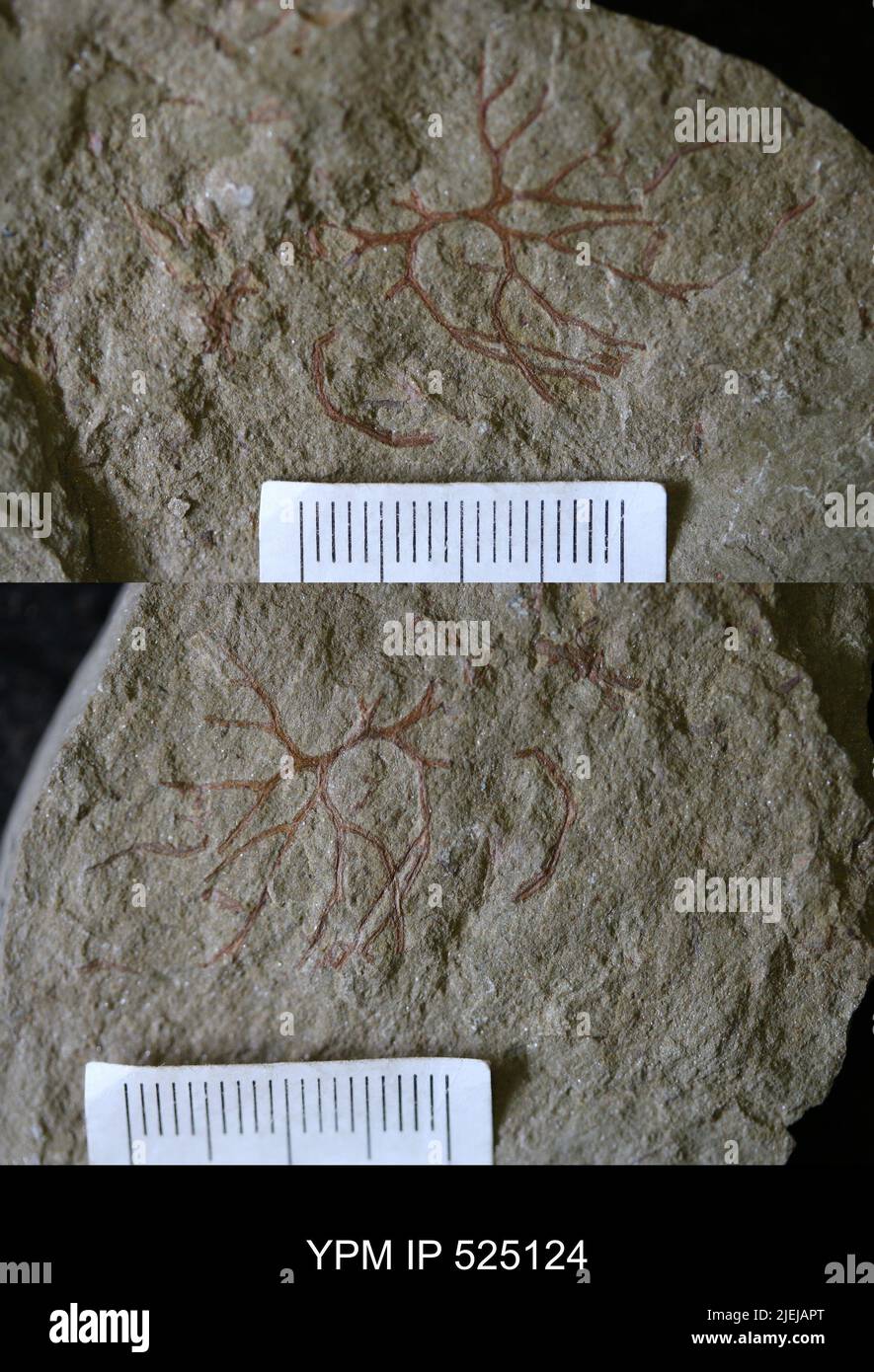 Graptoloidea. Stock Photohttps://www.alamy.com/image-license-details/?v=1https://www.alamy.com/graptoloidea-image473688736.html
Graptoloidea. Stock Photohttps://www.alamy.com/image-license-details/?v=1https://www.alamy.com/graptoloidea-image473688736.htmlRM2JEJAPT–Graptoloidea.
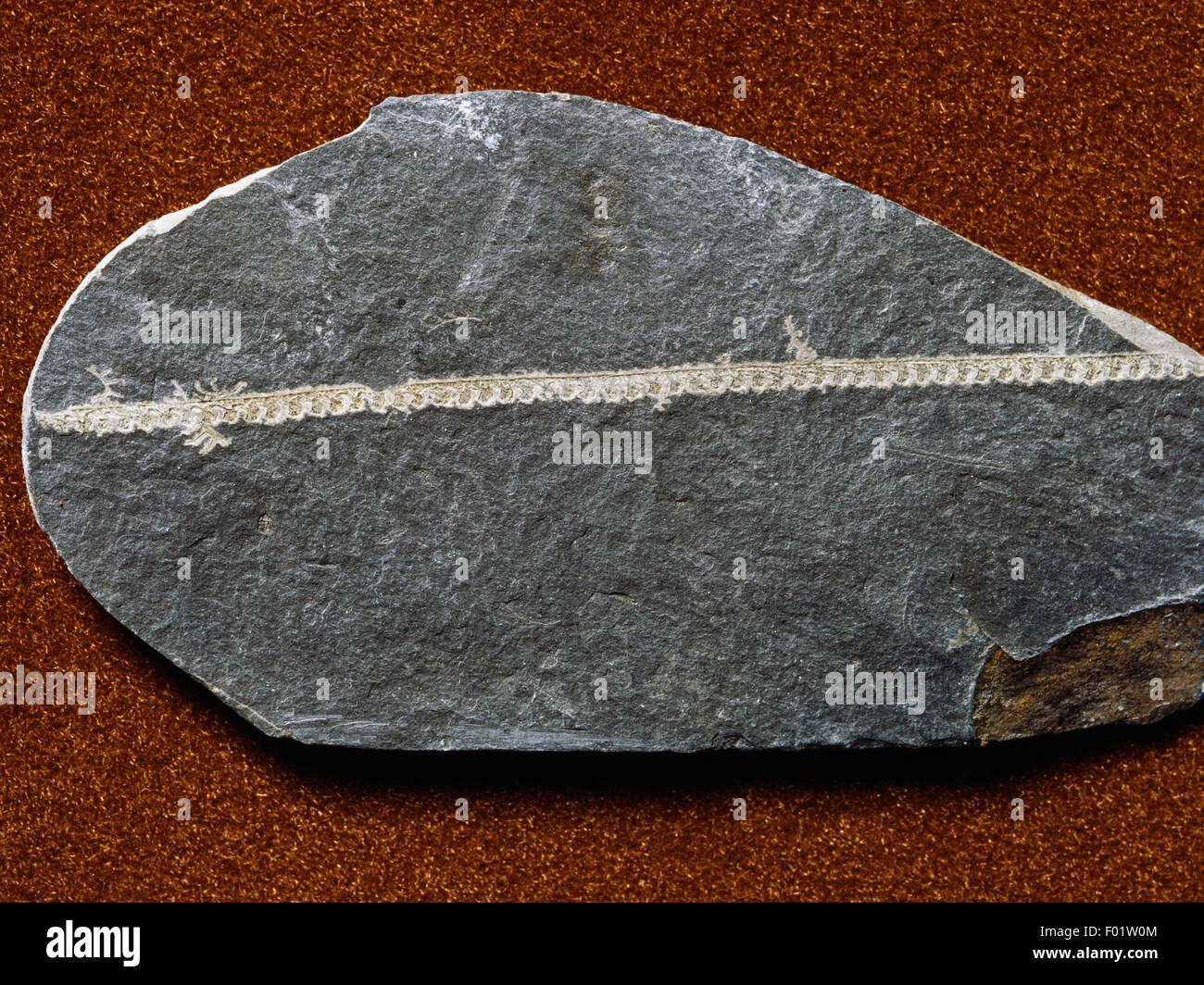 Fossil of Monograptus sp graptolite, Graptoloidea, Silurian. Stock Photohttps://www.alamy.com/image-license-details/?v=1https://www.alamy.com/stock-photo-fossil-of-monograptus-sp-graptolite-graptoloidea-silurian-86093412.html
Fossil of Monograptus sp graptolite, Graptoloidea, Silurian. Stock Photohttps://www.alamy.com/image-license-details/?v=1https://www.alamy.com/stock-photo-fossil-of-monograptus-sp-graptolite-graptoloidea-silurian-86093412.htmlRMF01W0M–Fossil of Monograptus sp graptolite, Graptoloidea, Silurian.
 Monograptus, Print, Monograptus is a genus of graptolites in the Order Graptoloidea. This particular genus is the last stage of the graptoloid evolution before its extinction in the early Devonian. A characteristic of the genus includes one uniserial stipe with very elaborate thecae. This particular genus contains large number of graptolite species and may not be monophyletic., Reimagined by Gibon, design of warm cheerful glowing of brightness and light rays radiance. Classic art reinvented with a modern twist. Photography inspired by futurism, embracing dynamic energy of modern technology, mo Stock Photohttps://www.alamy.com/image-license-details/?v=1https://www.alamy.com/monograptus-print-monograptus-is-a-genus-of-graptolites-in-the-order-graptoloidea-this-particular-genus-is-the-last-stage-of-the-graptoloid-evolution-before-its-extinction-in-the-early-devonian-a-characteristic-of-the-genus-includes-one-uniserial-stipe-with-very-elaborate-thecae-this-particular-genus-contains-large-number-of-graptolite-species-and-may-not-be-monophyletic-reimagined-by-gibon-design-of-warm-cheerful-glowing-of-brightness-and-light-rays-radiance-classic-art-reinvented-with-a-modern-twist-photography-inspired-by-futurism-embracing-dynamic-energy-of-modern-technology-mo-image349768491.html
Monograptus, Print, Monograptus is a genus of graptolites in the Order Graptoloidea. This particular genus is the last stage of the graptoloid evolution before its extinction in the early Devonian. A characteristic of the genus includes one uniserial stipe with very elaborate thecae. This particular genus contains large number of graptolite species and may not be monophyletic., Reimagined by Gibon, design of warm cheerful glowing of brightness and light rays radiance. Classic art reinvented with a modern twist. Photography inspired by futurism, embracing dynamic energy of modern technology, mo Stock Photohttps://www.alamy.com/image-license-details/?v=1https://www.alamy.com/monograptus-print-monograptus-is-a-genus-of-graptolites-in-the-order-graptoloidea-this-particular-genus-is-the-last-stage-of-the-graptoloid-evolution-before-its-extinction-in-the-early-devonian-a-characteristic-of-the-genus-includes-one-uniserial-stipe-with-very-elaborate-thecae-this-particular-genus-contains-large-number-of-graptolite-species-and-may-not-be-monophyletic-reimagined-by-gibon-design-of-warm-cheerful-glowing-of-brightness-and-light-rays-radiance-classic-art-reinvented-with-a-modern-twist-photography-inspired-by-futurism-embracing-dynamic-energy-of-modern-technology-mo-image349768491.htmlRF2B9197R–Monograptus, Print, Monograptus is a genus of graptolites in the Order Graptoloidea. This particular genus is the last stage of the graptoloid evolution before its extinction in the early Devonian. A characteristic of the genus includes one uniserial stipe with very elaborate thecae. This particular genus contains large number of graptolite species and may not be monophyletic., Reimagined by Gibon, design of warm cheerful glowing of brightness and light rays radiance. Classic art reinvented with a modern twist. Photography inspired by futurism, embracing dynamic energy of modern technology, mo
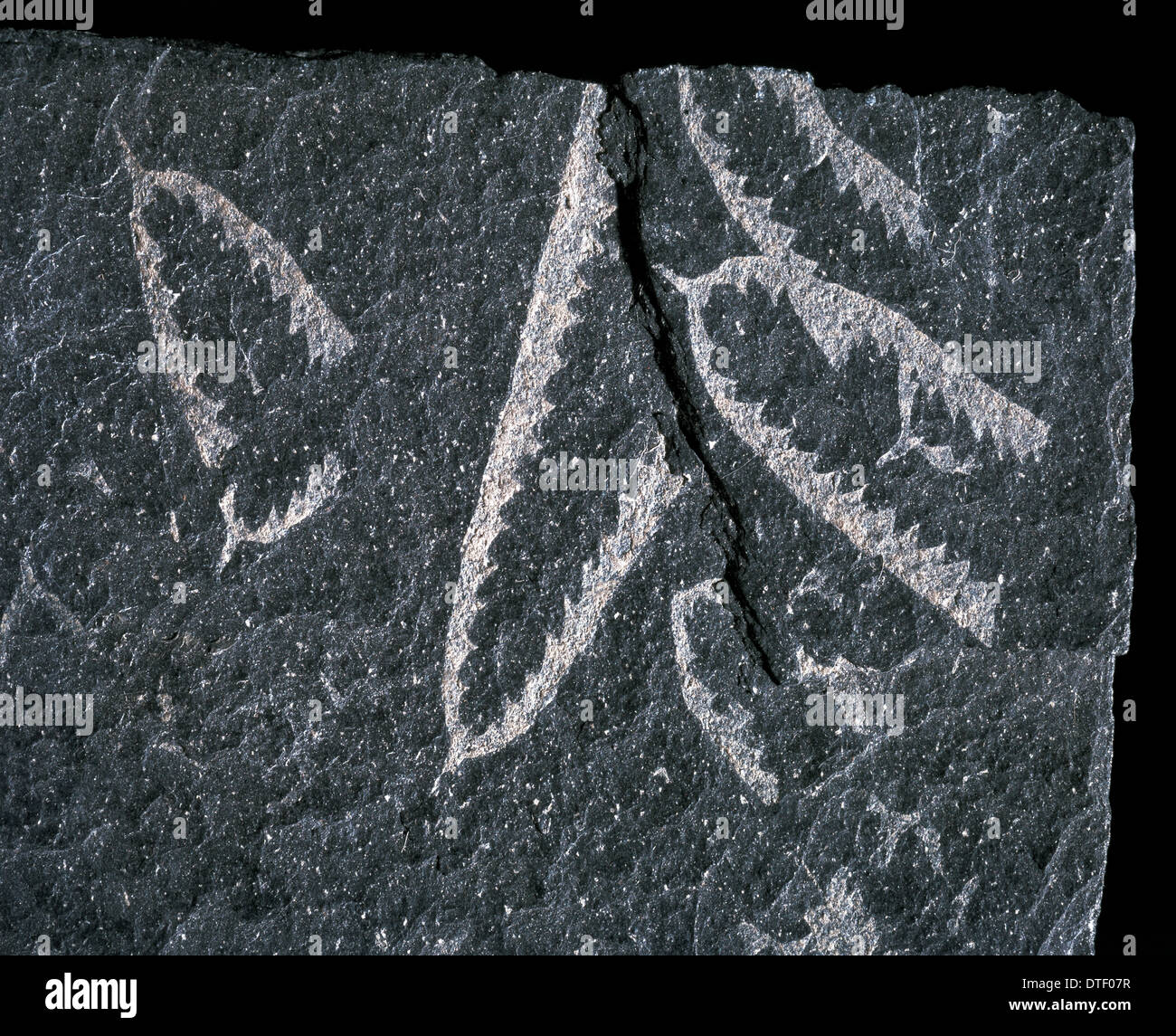 Didymograptus, graptolite Stock Photohttps://www.alamy.com/image-license-details/?v=1https://www.alamy.com/didymograptus-graptolite-image66712347.html
Didymograptus, graptolite Stock Photohttps://www.alamy.com/image-license-details/?v=1https://www.alamy.com/didymograptus-graptolite-image66712347.htmlRMDTF07R–Didymograptus, graptolite
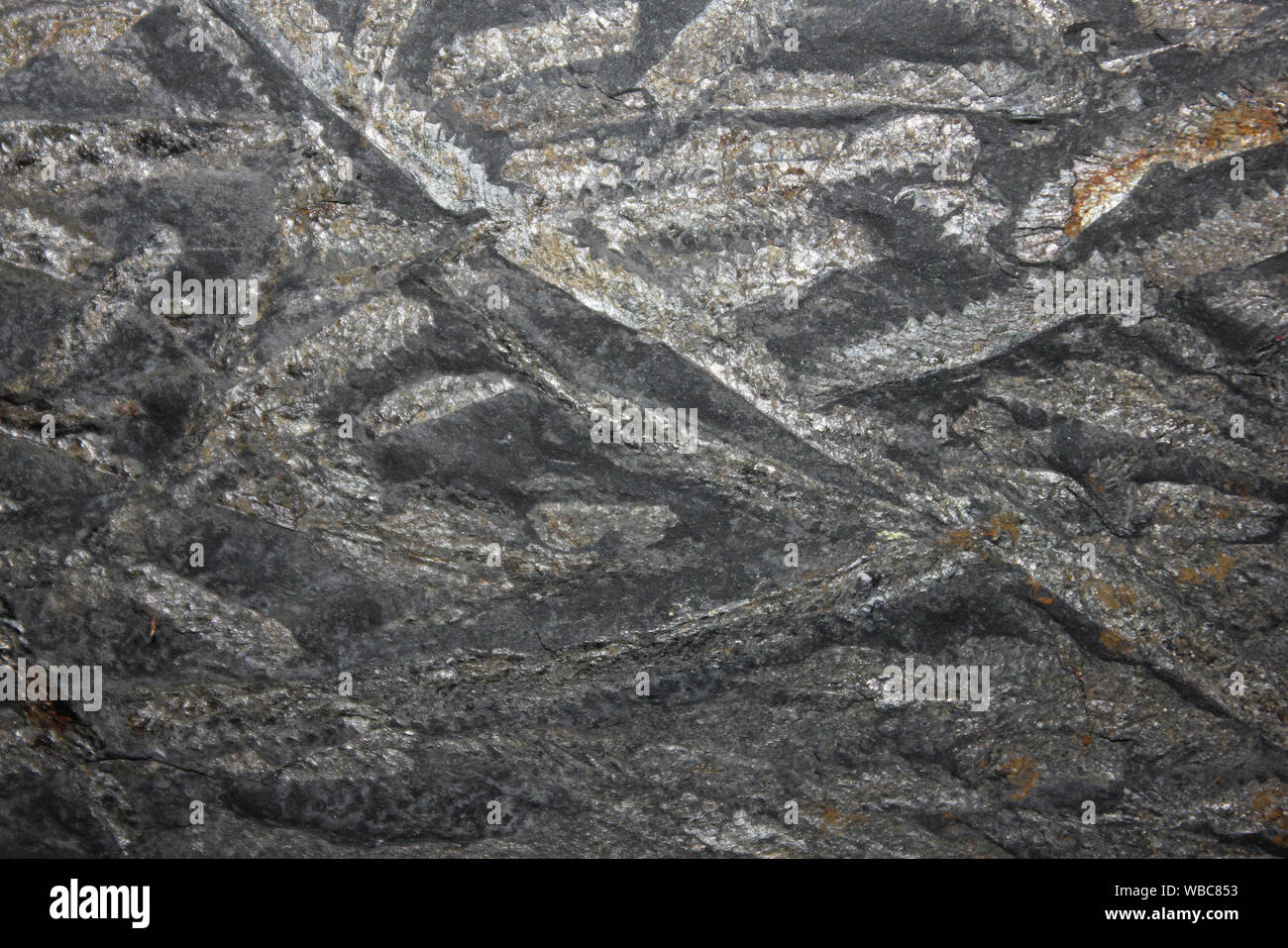 Graptolites - Monograptus Ludlow, UK Stock Photohttps://www.alamy.com/image-license-details/?v=1https://www.alamy.com/graptolites-monograptus-ludlow-uk-image265186575.html
Graptolites - Monograptus Ludlow, UK Stock Photohttps://www.alamy.com/image-license-details/?v=1https://www.alamy.com/graptolites-monograptus-ludlow-uk-image265186575.htmlRMWBC853–Graptolites - Monograptus Ludlow, UK
 Monograptus, vintage engraved illustration. Earth before man – 1886. Stock Vectorhttps://www.alamy.com/image-license-details/?v=1https://www.alamy.com/stock-photo-monograptus-vintage-engraved-illustration-earth-before-man-1886-84300291.html
Monograptus, vintage engraved illustration. Earth before man – 1886. Stock Vectorhttps://www.alamy.com/image-license-details/?v=1https://www.alamy.com/stock-photo-monograptus-vintage-engraved-illustration-earth-before-man-1886-84300291.htmlRFEW45TK–Monograptus, vintage engraved illustration. Earth before man – 1886.
![. Annual report . tions of gonangia produce whorls ofrhabdosomes which differ in length, each whorlrepresenting the rhabdosomes grown from a dif-ferent generation of siculae [see fig.9-8], It will be noticed that the developmentof the rhabdosomes of the axonophorous Grapto-loidea differs in the following facts from that of the axonolipous Graptoloidea.The nemacaulus of the sicula becomes, by the retrograde growth of thethecae, incorporated into the rhabdosome as a part of the axis, while in theDendroidea and axonolipous Graptoloidea it remains free. The primaryrhabdosome with its one stipe is Stock Photo . Annual report . tions of gonangia produce whorls ofrhabdosomes which differ in length, each whorlrepresenting the rhabdosomes grown from a dif-ferent generation of siculae [see fig.9-8], It will be noticed that the developmentof the rhabdosomes of the axonophorous Grapto-loidea differs in the following facts from that of the axonolipous Graptoloidea.The nemacaulus of the sicula becomes, by the retrograde growth of thethecae, incorporated into the rhabdosome as a part of the axis, while in theDendroidea and axonolipous Graptoloidea it remains free. The primaryrhabdosome with its one stipe is Stock Photo](https://c8.alamy.com/comp/2CE04YA/annual-report-tions-of-gonangia-produce-whorls-ofrhabdosomes-which-differ-in-length-each-whorlrepresenting-the-rhabdosomes-grown-from-a-dif-ferent-generation-of-siculae-see-fig9-8-it-will-be-noticed-that-the-developmentof-the-rhabdosomes-of-the-axonophorous-grapto-loidea-differs-in-the-following-facts-from-that-of-the-axonolipous-graptoloideathe-nemacaulus-of-the-sicula-becomes-by-the-retrograde-growth-of-thethecae-incorporated-into-the-rhabdosome-as-a-part-of-the-axis-while-in-thedendroidea-and-axonolipous-graptoloidea-it-remains-free-the-primaryrhabdosome-with-its-one-stipe-is-2CE04YA.jpg) . Annual report . tions of gonangia produce whorls ofrhabdosomes which differ in length, each whorlrepresenting the rhabdosomes grown from a dif-ferent generation of siculae [see fig.9-8], It will be noticed that the developmentof the rhabdosomes of the axonophorous Grapto-loidea differs in the following facts from that of the axonolipous Graptoloidea.The nemacaulus of the sicula becomes, by the retrograde growth of thethecae, incorporated into the rhabdosome as a part of the axis, while in theDendroidea and axonolipous Graptoloidea it remains free. The primaryrhabdosome with its one stipe is Stock Photohttps://www.alamy.com/image-license-details/?v=1https://www.alamy.com/annual-report-tions-of-gonangia-produce-whorls-ofrhabdosomes-which-differ-in-length-each-whorlrepresenting-the-rhabdosomes-grown-from-a-dif-ferent-generation-of-siculae-see-fig9-8-it-will-be-noticed-that-the-developmentof-the-rhabdosomes-of-the-axonophorous-grapto-loidea-differs-in-the-following-facts-from-that-of-the-axonolipous-graptoloideathe-nemacaulus-of-the-sicula-becomes-by-the-retrograde-growth-of-thethecae-incorporated-into-the-rhabdosome-as-a-part-of-the-axis-while-in-thedendroidea-and-axonolipous-graptoloidea-it-remains-free-the-primaryrhabdosome-with-its-one-stipe-is-image370026814.html
. Annual report . tions of gonangia produce whorls ofrhabdosomes which differ in length, each whorlrepresenting the rhabdosomes grown from a dif-ferent generation of siculae [see fig.9-8], It will be noticed that the developmentof the rhabdosomes of the axonophorous Grapto-loidea differs in the following facts from that of the axonolipous Graptoloidea.The nemacaulus of the sicula becomes, by the retrograde growth of thethecae, incorporated into the rhabdosome as a part of the axis, while in theDendroidea and axonolipous Graptoloidea it remains free. The primaryrhabdosome with its one stipe is Stock Photohttps://www.alamy.com/image-license-details/?v=1https://www.alamy.com/annual-report-tions-of-gonangia-produce-whorls-ofrhabdosomes-which-differ-in-length-each-whorlrepresenting-the-rhabdosomes-grown-from-a-dif-ferent-generation-of-siculae-see-fig9-8-it-will-be-noticed-that-the-developmentof-the-rhabdosomes-of-the-axonophorous-grapto-loidea-differs-in-the-following-facts-from-that-of-the-axonolipous-graptoloideathe-nemacaulus-of-the-sicula-becomes-by-the-retrograde-growth-of-thethecae-incorporated-into-the-rhabdosome-as-a-part-of-the-axis-while-in-thedendroidea-and-axonolipous-graptoloidea-it-remains-free-the-primaryrhabdosome-with-its-one-stipe-is-image370026814.htmlRM2CE04YA–. Annual report . tions of gonangia produce whorls ofrhabdosomes which differ in length, each whorlrepresenting the rhabdosomes grown from a dif-ferent generation of siculae [see fig.9-8], It will be noticed that the developmentof the rhabdosomes of the axonophorous Grapto-loidea differs in the following facts from that of the axonolipous Graptoloidea.The nemacaulus of the sicula becomes, by the retrograde growth of thethecae, incorporated into the rhabdosome as a part of the axis, while in theDendroidea and axonolipous Graptoloidea it remains free. The primaryrhabdosome with its one stipe is
 Graptoloidea. Stock Photohttps://www.alamy.com/image-license-details/?v=1https://www.alamy.com/graptoloidea-image473614793.html
Graptoloidea. Stock Photohttps://www.alamy.com/image-license-details/?v=1https://www.alamy.com/graptoloidea-image473614793.htmlRM2JEF0E1–Graptoloidea.
 Monograptus, graptolite Stock Photohttps://www.alamy.com/image-license-details/?v=1https://www.alamy.com/monograptus-graptolite-image66712338.html
Monograptus, graptolite Stock Photohttps://www.alamy.com/image-license-details/?v=1https://www.alamy.com/monograptus-graptolite-image66712338.htmlRMDTF07E–Monograptus, graptolite
![. Annual report . tus intricatus. En-largement of portion ofthe specimen reproducedon pl.3, ngl. x8 Order 2 graptoloidea Lapworth Suborder A graptoloidea axonolipa Freeh, em. Rued- Family dichograptidae auct. em. Freeh STAUROGRAPTUS EmillOllS (= Clematograptus Hopldnson and Clonograptus Hall in part) Emmons proposed, in the second part of his American Geology[1855, p.108] the new genus Staurograptus for a minute form, which hehad found in the Taconic shales of Rensselaer county, N. Y. His defini-tion of the genus is : Disk free, cruciform, arms four, dichotomous cellsterminal, substance membr Stock Photo . Annual report . tus intricatus. En-largement of portion ofthe specimen reproducedon pl.3, ngl. x8 Order 2 graptoloidea Lapworth Suborder A graptoloidea axonolipa Freeh, em. Rued- Family dichograptidae auct. em. Freeh STAUROGRAPTUS EmillOllS (= Clematograptus Hopldnson and Clonograptus Hall in part) Emmons proposed, in the second part of his American Geology[1855, p.108] the new genus Staurograptus for a minute form, which hehad found in the Taconic shales of Rensselaer county, N. Y. His defini-tion of the genus is : Disk free, cruciform, arms four, dichotomous cellsterminal, substance membr Stock Photo](https://c8.alamy.com/comp/2CE03NN/annual-report-tus-intricatus-en-largement-of-portion-ofthe-specimen-reproducedon-pl3-ngl-x8-order-2-graptoloidea-lapworth-suborder-a-graptoloidea-axonolipa-freeh-em-rued-family-dichograptidae-auct-em-freeh-staurograptus-emillolls-=-clematograptus-hopldnson-and-clonograptus-hall-in-part-emmons-proposed-in-the-second-part-of-his-american-geology-1855-p108-the-new-genus-staurograptus-for-a-minute-form-which-hehad-found-in-the-taconic-shales-of-rensselaer-county-n-y-his-defini-tion-of-the-genus-is-disk-free-cruciform-arms-four-dichotomous-cellsterminal-substance-membr-2CE03NN.jpg) . Annual report . tus intricatus. En-largement of portion ofthe specimen reproducedon pl.3, ngl. x8 Order 2 graptoloidea Lapworth Suborder A graptoloidea axonolipa Freeh, em. Rued- Family dichograptidae auct. em. Freeh STAUROGRAPTUS EmillOllS (= Clematograptus Hopldnson and Clonograptus Hall in part) Emmons proposed, in the second part of his American Geology[1855, p.108] the new genus Staurograptus for a minute form, which hehad found in the Taconic shales of Rensselaer county, N. Y. His defini-tion of the genus is : Disk free, cruciform, arms four, dichotomous cellsterminal, substance membr Stock Photohttps://www.alamy.com/image-license-details/?v=1https://www.alamy.com/annual-report-tus-intricatus-en-largement-of-portion-ofthe-specimen-reproducedon-pl3-ngl-x8-order-2-graptoloidea-lapworth-suborder-a-graptoloidea-axonolipa-freeh-em-rued-family-dichograptidae-auct-em-freeh-staurograptus-emillolls-=-clematograptus-hopldnson-and-clonograptus-hall-in-part-emmons-proposed-in-the-second-part-of-his-american-geology-1855-p108-the-new-genus-staurograptus-for-a-minute-form-which-hehad-found-in-the-taconic-shales-of-rensselaer-county-n-y-his-defini-tion-of-the-genus-is-disk-free-cruciform-arms-four-dichotomous-cellsterminal-substance-membr-image370025873.html
. Annual report . tus intricatus. En-largement of portion ofthe specimen reproducedon pl.3, ngl. x8 Order 2 graptoloidea Lapworth Suborder A graptoloidea axonolipa Freeh, em. Rued- Family dichograptidae auct. em. Freeh STAUROGRAPTUS EmillOllS (= Clematograptus Hopldnson and Clonograptus Hall in part) Emmons proposed, in the second part of his American Geology[1855, p.108] the new genus Staurograptus for a minute form, which hehad found in the Taconic shales of Rensselaer county, N. Y. His defini-tion of the genus is : Disk free, cruciform, arms four, dichotomous cellsterminal, substance membr Stock Photohttps://www.alamy.com/image-license-details/?v=1https://www.alamy.com/annual-report-tus-intricatus-en-largement-of-portion-ofthe-specimen-reproducedon-pl3-ngl-x8-order-2-graptoloidea-lapworth-suborder-a-graptoloidea-axonolipa-freeh-em-rued-family-dichograptidae-auct-em-freeh-staurograptus-emillolls-=-clematograptus-hopldnson-and-clonograptus-hall-in-part-emmons-proposed-in-the-second-part-of-his-american-geology-1855-p108-the-new-genus-staurograptus-for-a-minute-form-which-hehad-found-in-the-taconic-shales-of-rensselaer-county-n-y-his-defini-tion-of-the-genus-is-disk-free-cruciform-arms-four-dichotomous-cellsterminal-substance-membr-image370025873.htmlRM2CE03NN–. Annual report . tus intricatus. En-largement of portion ofthe specimen reproducedon pl.3, ngl. x8 Order 2 graptoloidea Lapworth Suborder A graptoloidea axonolipa Freeh, em. Rued- Family dichograptidae auct. em. Freeh STAUROGRAPTUS EmillOllS (= Clematograptus Hopldnson and Clonograptus Hall in part) Emmons proposed, in the second part of his American Geology[1855, p.108] the new genus Staurograptus for a minute form, which hehad found in the Taconic shales of Rensselaer county, N. Y. His defini-tion of the genus is : Disk free, cruciform, arms four, dichotomous cellsterminal, substance membr
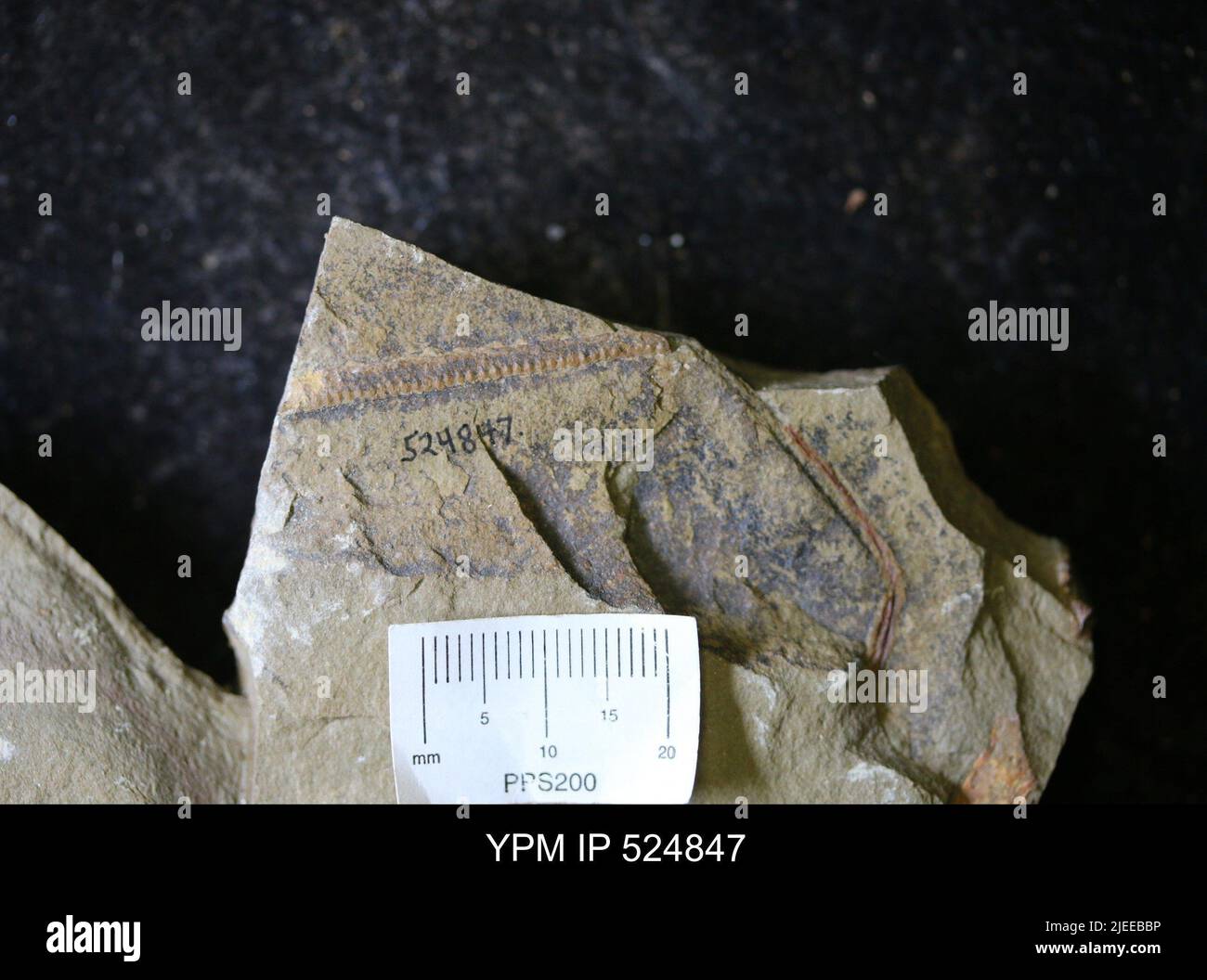 Graptoloidea. Stock Photohttps://www.alamy.com/image-license-details/?v=1https://www.alamy.com/graptoloidea-image473601402.html
Graptoloidea. Stock Photohttps://www.alamy.com/image-license-details/?v=1https://www.alamy.com/graptoloidea-image473601402.htmlRM2JEEBBP–Graptoloidea.
 Cyrtograptus, graptolite Stock Photohttps://www.alamy.com/image-license-details/?v=1https://www.alamy.com/cyrtograptus-graptolite-image66719365.html
Cyrtograptus, graptolite Stock Photohttps://www.alamy.com/image-license-details/?v=1https://www.alamy.com/cyrtograptus-graptolite-image66719365.htmlRMDTF96D–Cyrtograptus, graptolite
 . Natural science: a monthly review of scientific progress . ureitself we are in accord, but we differ as to the explanation of it andthe terminology to be employed. Here I shall first describe thestructure of a species of Diplogvaptus and of Cliniacograpfns hcckersiamis, ^Cf. Jaekel (8) and Giirich (9). Early Stages of Graptoloidea. Fig. I.—Mo7iograptus dubius, sicula end from sicula side. Fig. 2.—The samefrom anti-sicula side. Fig. 3.—Diplogvaptus sp., sicula end from sicula side. Fig. 4.—The same from anti-sicula side. Fig. 5.—A later stage from sicula side. Fig. 6.—The same from anti-sicul Stock Photohttps://www.alamy.com/image-license-details/?v=1https://www.alamy.com/natural-science-a-monthly-review-of-scientific-progress-ureitself-we-are-in-accord-but-we-differ-as-to-the-explanation-of-it-andthe-terminology-to-be-employed-here-i-shall-first-describe-thestructure-of-a-species-of-diplogvaptus-and-of-cliniacograpfns-hcckersiamis-cf-jaekel-8-and-giirich-9-early-stages-of-graptoloidea-fig-imo7iograptus-dubius-sicula-end-from-sicula-side-fig-2the-samefrom-anti-sicula-side-fig-3diplogvaptus-sp-sicula-end-from-sicula-side-fig-4the-same-from-anti-sicula-side-fig-5a-later-stage-from-sicula-side-fig-6the-same-from-anti-sicul-image370184087.html
. Natural science: a monthly review of scientific progress . ureitself we are in accord, but we differ as to the explanation of it andthe terminology to be employed. Here I shall first describe thestructure of a species of Diplogvaptus and of Cliniacograpfns hcckersiamis, ^Cf. Jaekel (8) and Giirich (9). Early Stages of Graptoloidea. Fig. I.—Mo7iograptus dubius, sicula end from sicula side. Fig. 2.—The samefrom anti-sicula side. Fig. 3.—Diplogvaptus sp., sicula end from sicula side. Fig. 4.—The same from anti-sicula side. Fig. 5.—A later stage from sicula side. Fig. 6.—The same from anti-sicul Stock Photohttps://www.alamy.com/image-license-details/?v=1https://www.alamy.com/natural-science-a-monthly-review-of-scientific-progress-ureitself-we-are-in-accord-but-we-differ-as-to-the-explanation-of-it-andthe-terminology-to-be-employed-here-i-shall-first-describe-thestructure-of-a-species-of-diplogvaptus-and-of-cliniacograpfns-hcckersiamis-cf-jaekel-8-and-giirich-9-early-stages-of-graptoloidea-fig-imo7iograptus-dubius-sicula-end-from-sicula-side-fig-2the-samefrom-anti-sicula-side-fig-3diplogvaptus-sp-sicula-end-from-sicula-side-fig-4the-same-from-anti-sicula-side-fig-5a-later-stage-from-sicula-side-fig-6the-same-from-anti-sicul-image370184087.htmlRM2CE79G7–. Natural science: a monthly review of scientific progress . ureitself we are in accord, but we differ as to the explanation of it andthe terminology to be employed. Here I shall first describe thestructure of a species of Diplogvaptus and of Cliniacograpfns hcckersiamis, ^Cf. Jaekel (8) and Giirich (9). Early Stages of Graptoloidea. Fig. I.—Mo7iograptus dubius, sicula end from sicula side. Fig. 2.—The samefrom anti-sicula side. Fig. 3.—Diplogvaptus sp., sicula end from sicula side. Fig. 4.—The same from anti-sicula side. Fig. 5.—A later stage from sicula side. Fig. 6.—The same from anti-sicul
 Graptoloidea. Stock Photohttps://www.alamy.com/image-license-details/?v=1https://www.alamy.com/graptoloidea-image473661505.html
Graptoloidea. Stock Photohttps://www.alamy.com/image-license-details/?v=1https://www.alamy.com/graptoloidea-image473661505.htmlRM2JEH429–Graptoloidea.
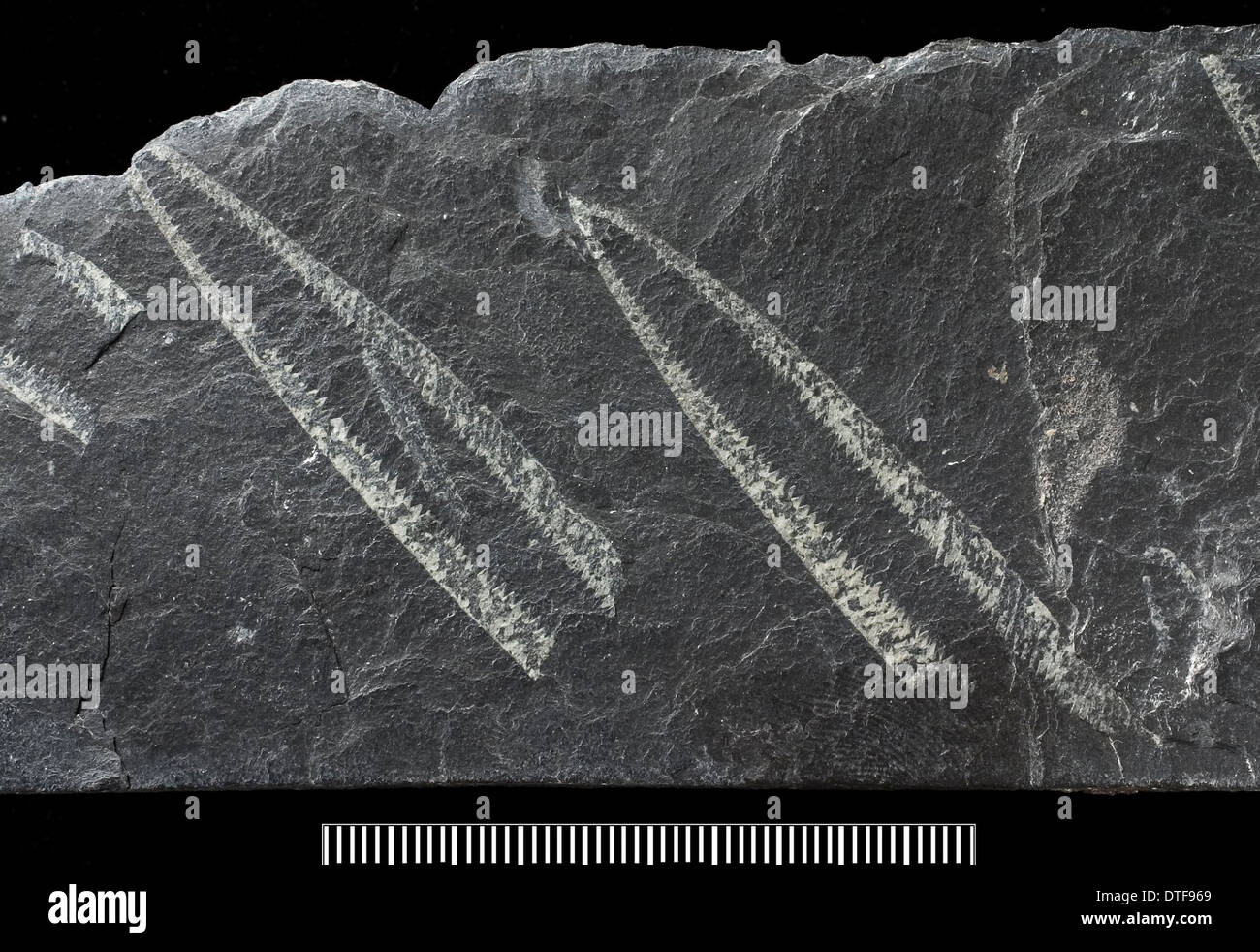 Didymograptus, fossil graptolite Stock Photohttps://www.alamy.com/image-license-details/?v=1https://www.alamy.com/didymograptus-fossil-graptolite-image66719361.html
Didymograptus, fossil graptolite Stock Photohttps://www.alamy.com/image-license-details/?v=1https://www.alamy.com/didymograptus-fossil-graptolite-image66719361.htmlRMDTF969–Didymograptus, fossil graptolite
 . Bulletin of the Museum of Comparative Zoology at Harvard College. Zoology. STATUS OF INVERTEBRATE PALEONTOLOGY, 1953 203 autotheea in turn has represented the terminal bud of its branch, and at a certain stage in its development there are produced from back on its stolon two buds, male bitheca and female auto- theea (Fig. 1 A, B). The budding processes in Bhab do pleura, on the one hand, and the graptolites on the other, exactly parallel the monopodial budding with terminal growing points, and the sympodial budding, described (L. Hyman) in calyptoblastean hydroids. In the Graptoloidea, branc Stock Photohttps://www.alamy.com/image-license-details/?v=1https://www.alamy.com/bulletin-of-the-museum-of-comparative-zoology-at-harvard-college-zoology-status-of-invertebrate-paleontology-1953-203-autotheea-in-turn-has-represented-the-terminal-bud-of-its-branch-and-at-a-certain-stage-in-its-development-there-are-produced-from-back-on-its-stolon-two-buds-male-bitheca-and-female-auto-theea-fig-1-a-b-the-budding-processes-in-bhab-do-pleura-on-the-one-hand-and-the-graptolites-on-the-other-exactly-parallel-the-monopodial-budding-with-terminal-growing-points-and-the-sympodial-budding-described-l-hyman-in-calyptoblastean-hydroids-in-the-graptoloidea-branc-image233913605.html
. Bulletin of the Museum of Comparative Zoology at Harvard College. Zoology. STATUS OF INVERTEBRATE PALEONTOLOGY, 1953 203 autotheea in turn has represented the terminal bud of its branch, and at a certain stage in its development there are produced from back on its stolon two buds, male bitheca and female auto- theea (Fig. 1 A, B). The budding processes in Bhab do pleura, on the one hand, and the graptolites on the other, exactly parallel the monopodial budding with terminal growing points, and the sympodial budding, described (L. Hyman) in calyptoblastean hydroids. In the Graptoloidea, branc Stock Photohttps://www.alamy.com/image-license-details/?v=1https://www.alamy.com/bulletin-of-the-museum-of-comparative-zoology-at-harvard-college-zoology-status-of-invertebrate-paleontology-1953-203-autotheea-in-turn-has-represented-the-terminal-bud-of-its-branch-and-at-a-certain-stage-in-its-development-there-are-produced-from-back-on-its-stolon-two-buds-male-bitheca-and-female-auto-theea-fig-1-a-b-the-budding-processes-in-bhab-do-pleura-on-the-one-hand-and-the-graptolites-on-the-other-exactly-parallel-the-monopodial-budding-with-terminal-growing-points-and-the-sympodial-budding-described-l-hyman-in-calyptoblastean-hydroids-in-the-graptoloidea-branc-image233913605.htmlRMRGFK59–. Bulletin of the Museum of Comparative Zoology at Harvard College. Zoology. STATUS OF INVERTEBRATE PALEONTOLOGY, 1953 203 autotheea in turn has represented the terminal bud of its branch, and at a certain stage in its development there are produced from back on its stolon two buds, male bitheca and female auto- theea (Fig. 1 A, B). The budding processes in Bhab do pleura, on the one hand, and the graptolites on the other, exactly parallel the monopodial budding with terminal growing points, and the sympodial budding, described (L. Hyman) in calyptoblastean hydroids. In the Graptoloidea, branc
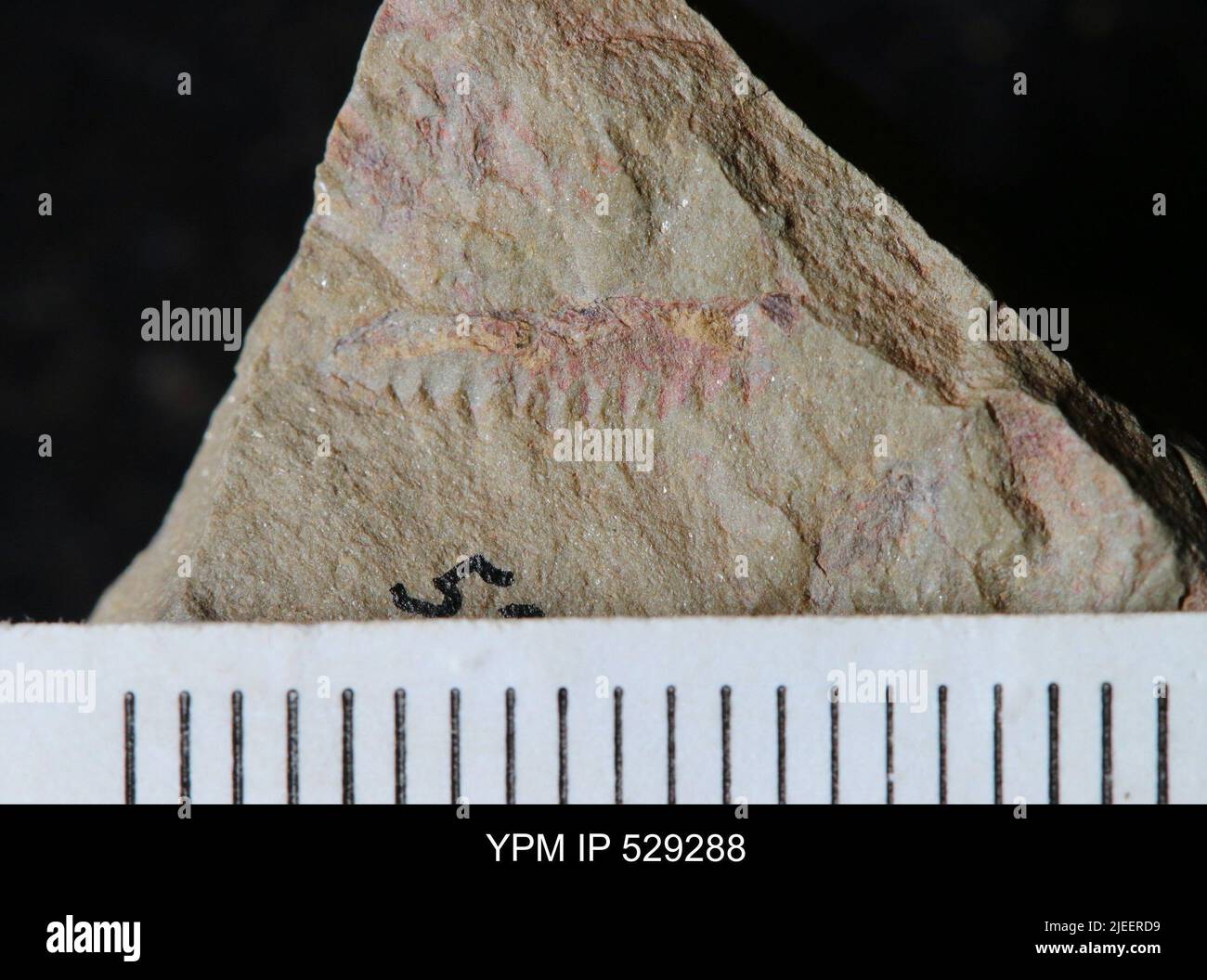 Graptoloidea. Stock Photohttps://www.alamy.com/image-license-details/?v=1https://www.alamy.com/graptoloidea-image473610853.html
Graptoloidea. Stock Photohttps://www.alamy.com/image-license-details/?v=1https://www.alamy.com/graptoloidea-image473610853.htmlRM2JEERD9–Graptoloidea.
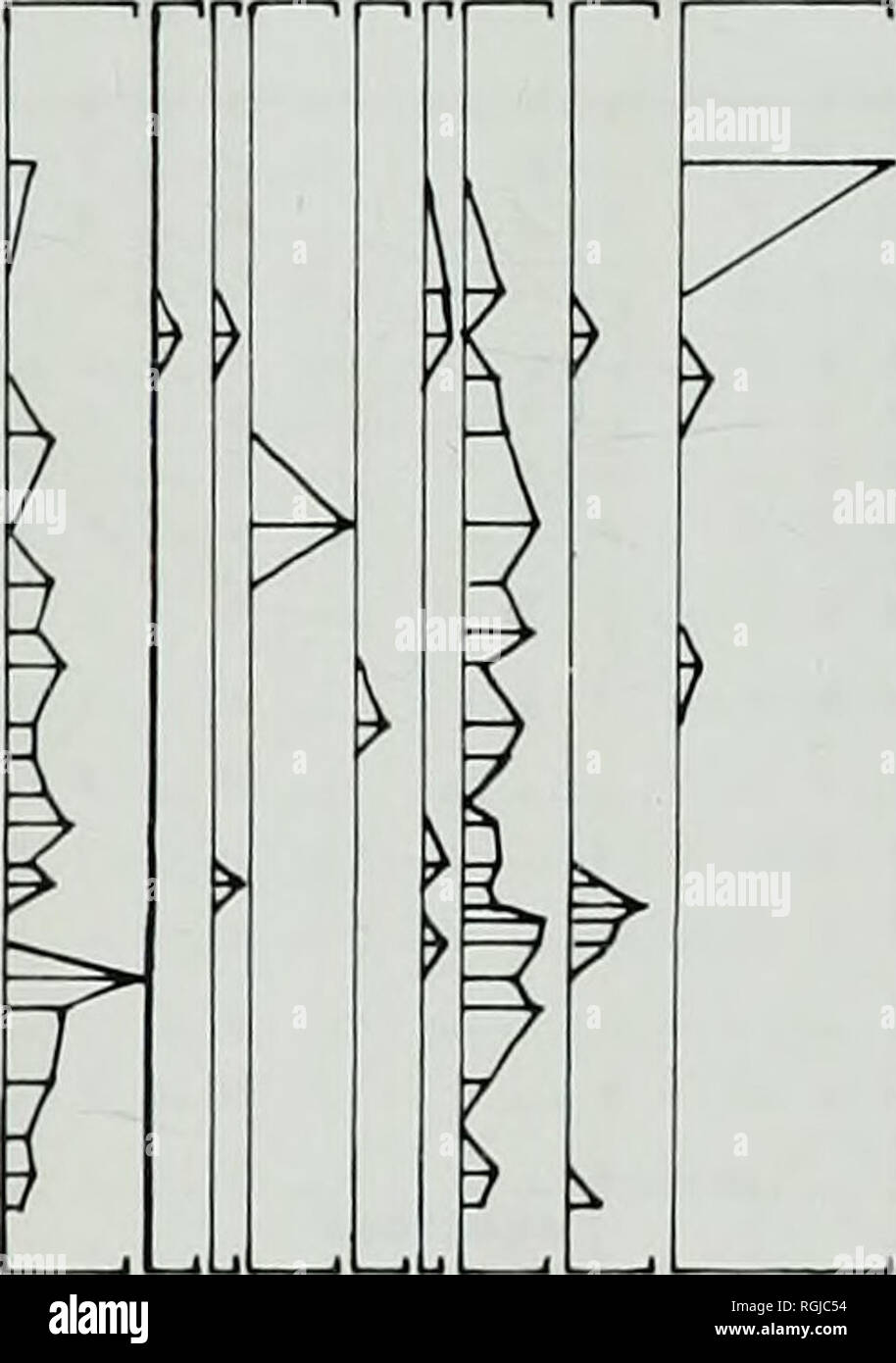 . Bulletin of the British Museum (Natural History), Geology. > i >. RHIW MARCH Fig. 11 Percentage distribution of taxa in the upper part of the Allt Ddu Formation at Craig y Gath and Rhiw March. Abbreviations refer to Paracraniops (Paracr), Dinorthis (Din), Dalmanella (D), Onniella (O), Reuschel/a (Reu), Bicuspina (Bic), Sowerbyella (Sowerb), Sericoidea (Ser), Macro- coelia (Mac), Leptaena (Lep), Rostricellula (R), Broeggerolithus (Broeg), Brongniartella (B), Sinuites (B1), Gastropoda (G2), Bivalvia (Bi), Macheridia (C), ramose Bryozoa (B1), prasoporid Bryozoa (B2), Graptoloidea (G). Lit Stock Photohttps://www.alamy.com/image-license-details/?v=1https://www.alamy.com/bulletin-of-the-british-museum-natural-history-geology-gt-i-gt-rhiw-march-fig-11-percentage-distribution-of-taxa-in-the-upper-part-of-the-allt-ddu-formation-at-craig-y-gath-and-rhiw-march-abbreviations-refer-to-paracraniops-paracr-dinorthis-din-dalmanella-d-onniella-o-reuschela-reu-bicuspina-bic-sowerbyella-sowerb-sericoidea-ser-macro-coelia-mac-leptaena-lep-rostricellula-r-broeggerolithus-broeg-brongniartella-b-sinuites-b1-gastropoda-g2-bivalvia-bi-macheridia-c-ramose-bryozoa-b1-prasoporid-bryozoa-b2-graptoloidea-g-lit-image233973968.html
. Bulletin of the British Museum (Natural History), Geology. > i >. RHIW MARCH Fig. 11 Percentage distribution of taxa in the upper part of the Allt Ddu Formation at Craig y Gath and Rhiw March. Abbreviations refer to Paracraniops (Paracr), Dinorthis (Din), Dalmanella (D), Onniella (O), Reuschel/a (Reu), Bicuspina (Bic), Sowerbyella (Sowerb), Sericoidea (Ser), Macro- coelia (Mac), Leptaena (Lep), Rostricellula (R), Broeggerolithus (Broeg), Brongniartella (B), Sinuites (B1), Gastropoda (G2), Bivalvia (Bi), Macheridia (C), ramose Bryozoa (B1), prasoporid Bryozoa (B2), Graptoloidea (G). Lit Stock Photohttps://www.alamy.com/image-license-details/?v=1https://www.alamy.com/bulletin-of-the-british-museum-natural-history-geology-gt-i-gt-rhiw-march-fig-11-percentage-distribution-of-taxa-in-the-upper-part-of-the-allt-ddu-formation-at-craig-y-gath-and-rhiw-march-abbreviations-refer-to-paracraniops-paracr-dinorthis-din-dalmanella-d-onniella-o-reuschela-reu-bicuspina-bic-sowerbyella-sowerb-sericoidea-ser-macro-coelia-mac-leptaena-lep-rostricellula-r-broeggerolithus-broeg-brongniartella-b-sinuites-b1-gastropoda-g2-bivalvia-bi-macheridia-c-ramose-bryozoa-b1-prasoporid-bryozoa-b2-graptoloidea-g-lit-image233973968.htmlRMRGJC54–. Bulletin of the British Museum (Natural History), Geology. > i >. RHIW MARCH Fig. 11 Percentage distribution of taxa in the upper part of the Allt Ddu Formation at Craig y Gath and Rhiw March. Abbreviations refer to Paracraniops (Paracr), Dinorthis (Din), Dalmanella (D), Onniella (O), Reuschel/a (Reu), Bicuspina (Bic), Sowerbyella (Sowerb), Sericoidea (Ser), Macro- coelia (Mac), Leptaena (Lep), Rostricellula (R), Broeggerolithus (Broeg), Brongniartella (B), Sinuites (B1), Gastropoda (G2), Bivalvia (Bi), Macheridia (C), ramose Bryozoa (B1), prasoporid Bryozoa (B2), Graptoloidea (G). Lit
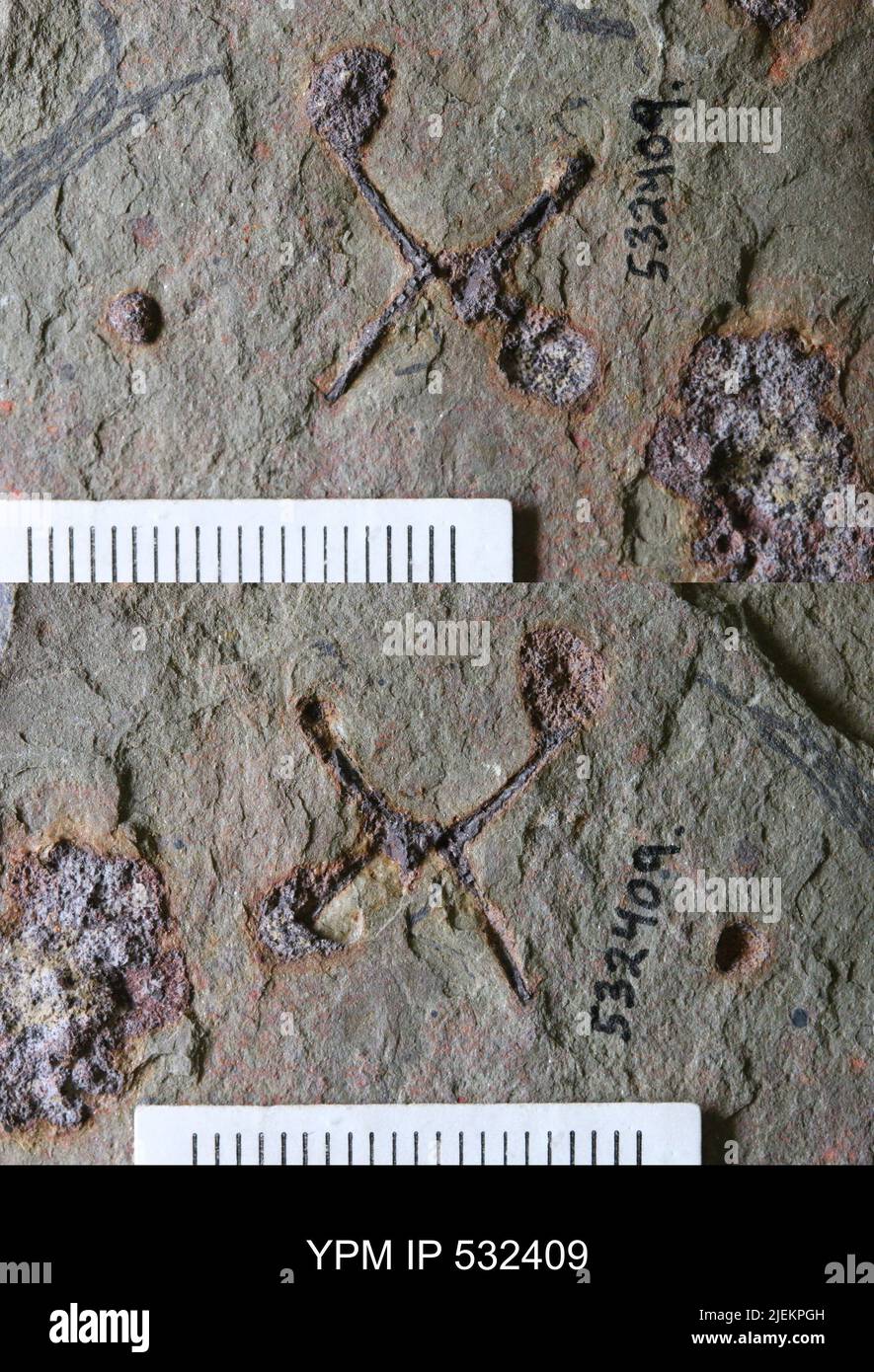 Graptoloidea. Stock Photohttps://www.alamy.com/image-license-details/?v=1https://www.alamy.com/graptoloidea-image473719921.html
Graptoloidea. Stock Photohttps://www.alamy.com/image-license-details/?v=1https://www.alamy.com/graptoloidea-image473719921.htmlRM2JEKPGH–Graptoloidea.
 . Elemente der paläontologie bearbeitet. Paleontology. I. Thieireich. — III. Coelenterata. — l. Klasse: Polypomedusae. Graptolithidae. 79 Graptoloidea L;ipv. besitzen e i n e s i c u 1 a und f U r j e d e Z e 11 e n r e i li e einen eigenen C;i nai. I. Gruppe Monoprioiüdae. Zellen einzeilig (Fig. 74 .1—E). Monograptus Gein. (Fig. 74 A , B). Hydrosom unverzweigt gerade, gebogen oder schraubenförmig aufgerollt. Zellen gedrängt. Häufigste Gattung des Obersi lurs. M. colonus Barr. (Fig. 74 A). England, Böhmen. M. tun-iculatus Barr. (Fig. 74 B}. Böhmen. M. scanicus Tulib. Oberstes Silur Skandinavi Stock Photohttps://www.alamy.com/image-license-details/?v=1https://www.alamy.com/elemente-der-palontologie-bearbeitet-paleontology-i-thieireich-iii-coelenterata-l-klasse-polypomedusae-graptolithidae-79-graptoloidea-lipv-besitzen-e-i-n-e-s-i-c-u-1-a-und-f-u-r-j-e-d-e-z-e-11-e-n-r-e-i-li-e-einen-eigenen-ci-nai-i-gruppe-monoprioidae-zellen-einzeilig-fig-74-1e-monograptus-gein-fig-74-a-b-hydrosom-unverzweigt-gerade-gebogen-oder-schraubenfrmig-aufgerollt-zellen-gedrngt-hufigste-gattung-des-obersi-lurs-m-colonus-barr-fig-74-a-england-bhmen-m-tun-iculatus-barr-fig-74-b-bhmen-m-scanicus-tulib-oberstes-silur-skandinavi-image231681392.html
. Elemente der paläontologie bearbeitet. Paleontology. I. Thieireich. — III. Coelenterata. — l. Klasse: Polypomedusae. Graptolithidae. 79 Graptoloidea L;ipv. besitzen e i n e s i c u 1 a und f U r j e d e Z e 11 e n r e i li e einen eigenen C;i nai. I. Gruppe Monoprioiüdae. Zellen einzeilig (Fig. 74 .1—E). Monograptus Gein. (Fig. 74 A , B). Hydrosom unverzweigt gerade, gebogen oder schraubenförmig aufgerollt. Zellen gedrängt. Häufigste Gattung des Obersi lurs. M. colonus Barr. (Fig. 74 A). England, Böhmen. M. tun-iculatus Barr. (Fig. 74 B}. Böhmen. M. scanicus Tulib. Oberstes Silur Skandinavi Stock Photohttps://www.alamy.com/image-license-details/?v=1https://www.alamy.com/elemente-der-palontologie-bearbeitet-paleontology-i-thieireich-iii-coelenterata-l-klasse-polypomedusae-graptolithidae-79-graptoloidea-lipv-besitzen-e-i-n-e-s-i-c-u-1-a-und-f-u-r-j-e-d-e-z-e-11-e-n-r-e-i-li-e-einen-eigenen-ci-nai-i-gruppe-monoprioidae-zellen-einzeilig-fig-74-1e-monograptus-gein-fig-74-a-b-hydrosom-unverzweigt-gerade-gebogen-oder-schraubenfrmig-aufgerollt-zellen-gedrngt-hufigste-gattung-des-obersi-lurs-m-colonus-barr-fig-74-a-england-bhmen-m-tun-iculatus-barr-fig-74-b-bhmen-m-scanicus-tulib-oberstes-silur-skandinavi-image231681392.htmlRMRCWYYC–. Elemente der paläontologie bearbeitet. Paleontology. I. Thieireich. — III. Coelenterata. — l. Klasse: Polypomedusae. Graptolithidae. 79 Graptoloidea L;ipv. besitzen e i n e s i c u 1 a und f U r j e d e Z e 11 e n r e i li e einen eigenen C;i nai. I. Gruppe Monoprioiüdae. Zellen einzeilig (Fig. 74 .1—E). Monograptus Gein. (Fig. 74 A , B). Hydrosom unverzweigt gerade, gebogen oder schraubenförmig aufgerollt. Zellen gedrängt. Häufigste Gattung des Obersi lurs. M. colonus Barr. (Fig. 74 A). England, Böhmen. M. tun-iculatus Barr. (Fig. 74 B}. Böhmen. M. scanicus Tulib. Oberstes Silur Skandinavi
 Graptoloidea. Stock Photohttps://www.alamy.com/image-license-details/?v=1https://www.alamy.com/graptoloidea-image473656917.html
Graptoloidea. Stock Photohttps://www.alamy.com/image-license-details/?v=1https://www.alamy.com/graptoloidea-image473656917.htmlRM2JEGX6D–Graptoloidea.
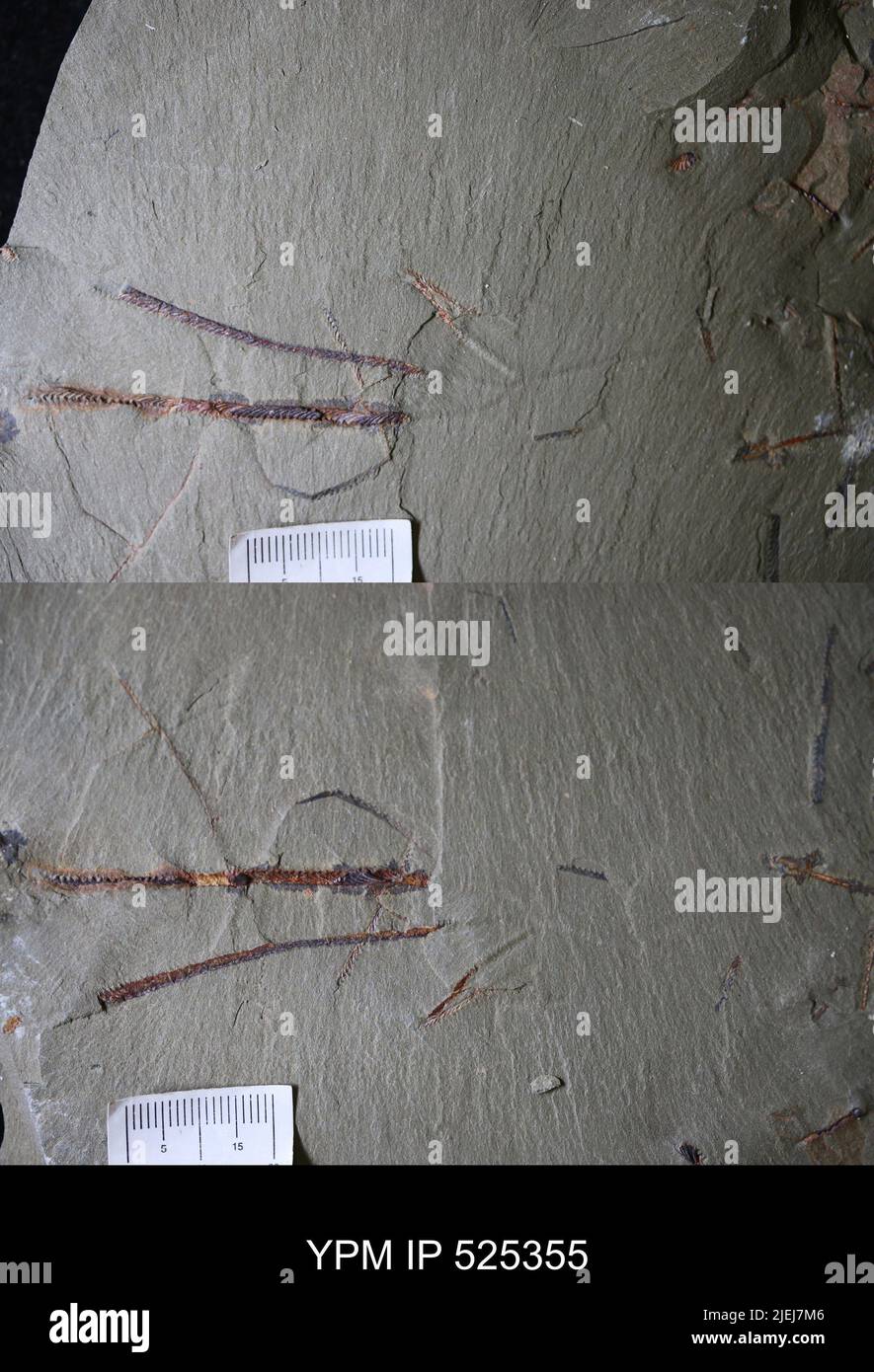 Graptoloidea. Stock Photohttps://www.alamy.com/image-license-details/?v=1https://www.alamy.com/graptoloidea-image473686310.html
Graptoloidea. Stock Photohttps://www.alamy.com/image-license-details/?v=1https://www.alamy.com/graptoloidea-image473686310.htmlRM2JEJ7M6–Graptoloidea.
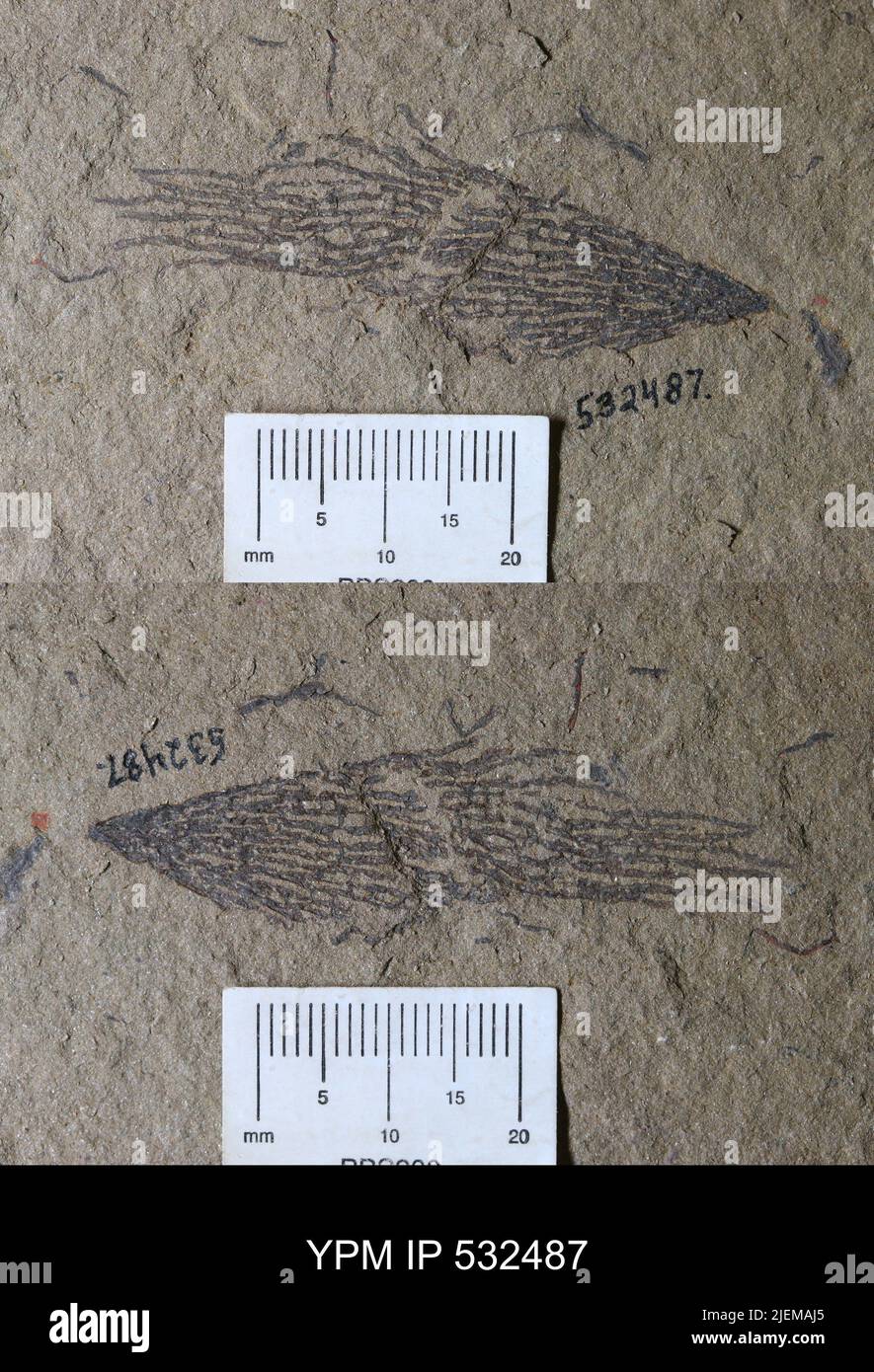 Graptoloidea. Stock Photohttps://www.alamy.com/image-license-details/?v=1https://www.alamy.com/graptoloidea-image473732509.html
Graptoloidea. Stock Photohttps://www.alamy.com/image-license-details/?v=1https://www.alamy.com/graptoloidea-image473732509.htmlRM2JEMAJ5–Graptoloidea.
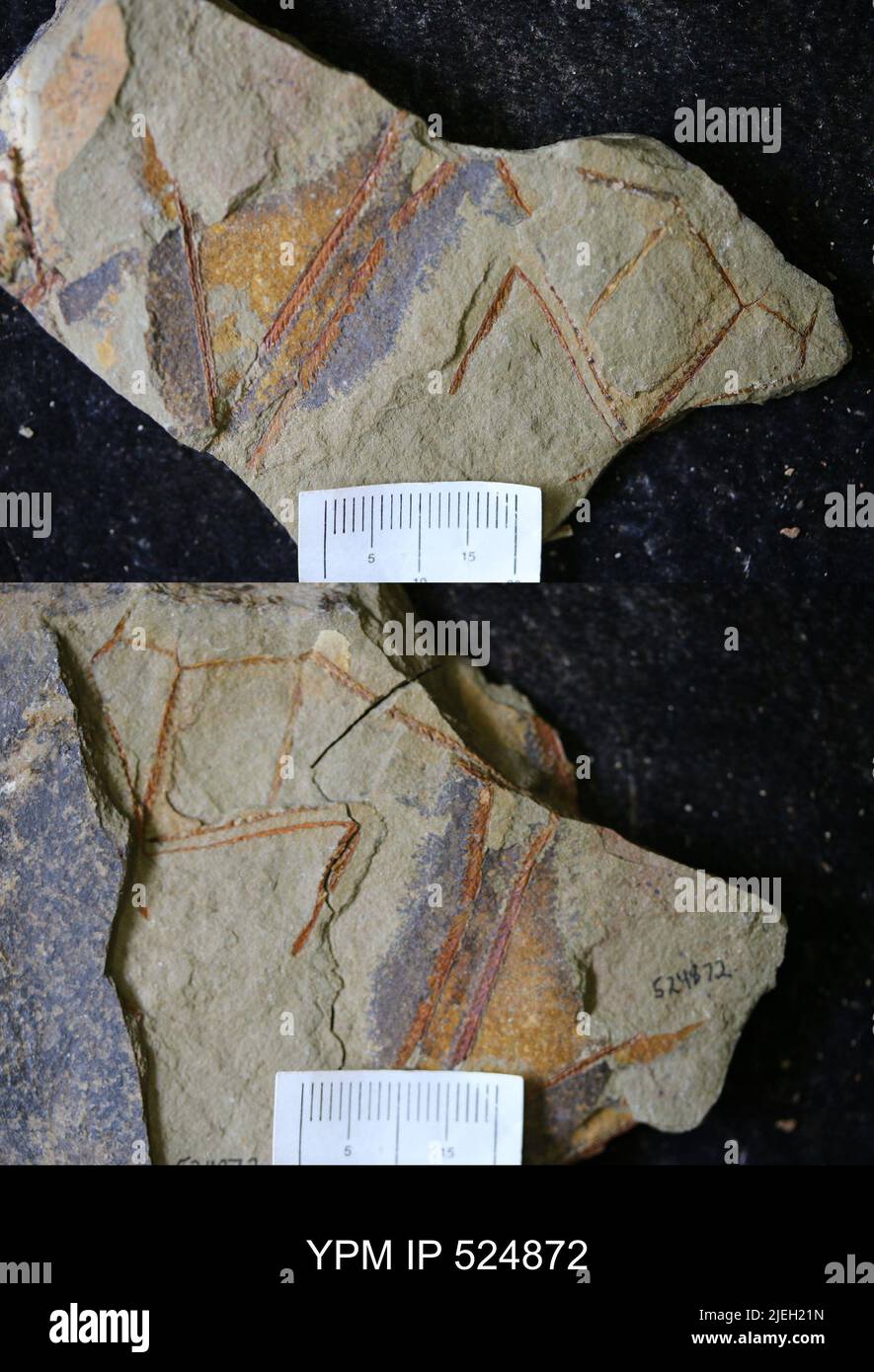 Graptoloidea. Stock Photohttps://www.alamy.com/image-license-details/?v=1https://www.alamy.com/graptoloidea-image473659921.html
Graptoloidea. Stock Photohttps://www.alamy.com/image-license-details/?v=1https://www.alamy.com/graptoloidea-image473659921.htmlRM2JEH21N–Graptoloidea.
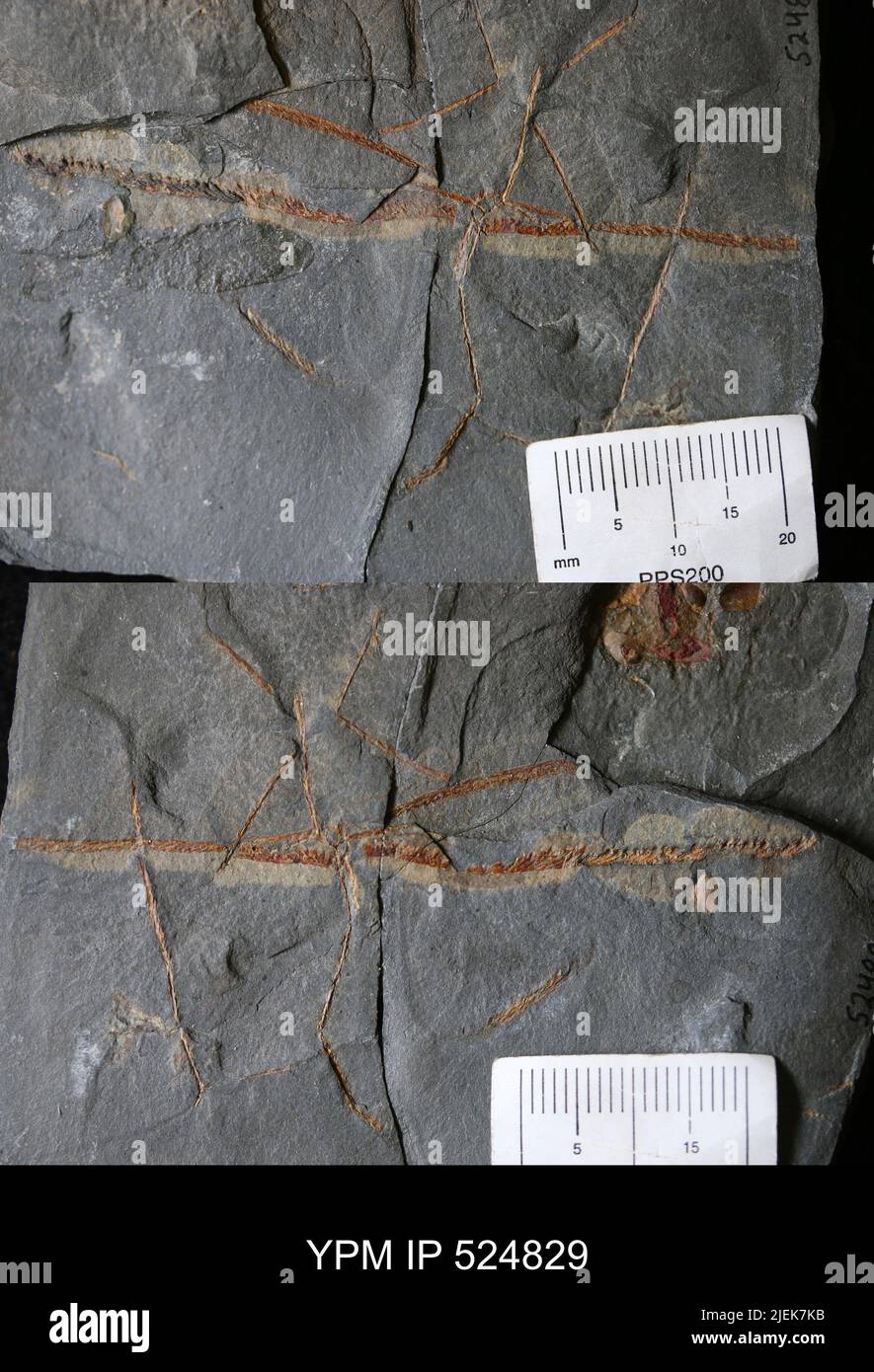 Graptoloidea. Stock Photohttps://www.alamy.com/image-license-details/?v=1https://www.alamy.com/graptoloidea-image473708239.html
Graptoloidea. Stock Photohttps://www.alamy.com/image-license-details/?v=1https://www.alamy.com/graptoloidea-image473708239.htmlRM2JEK7KB–Graptoloidea.
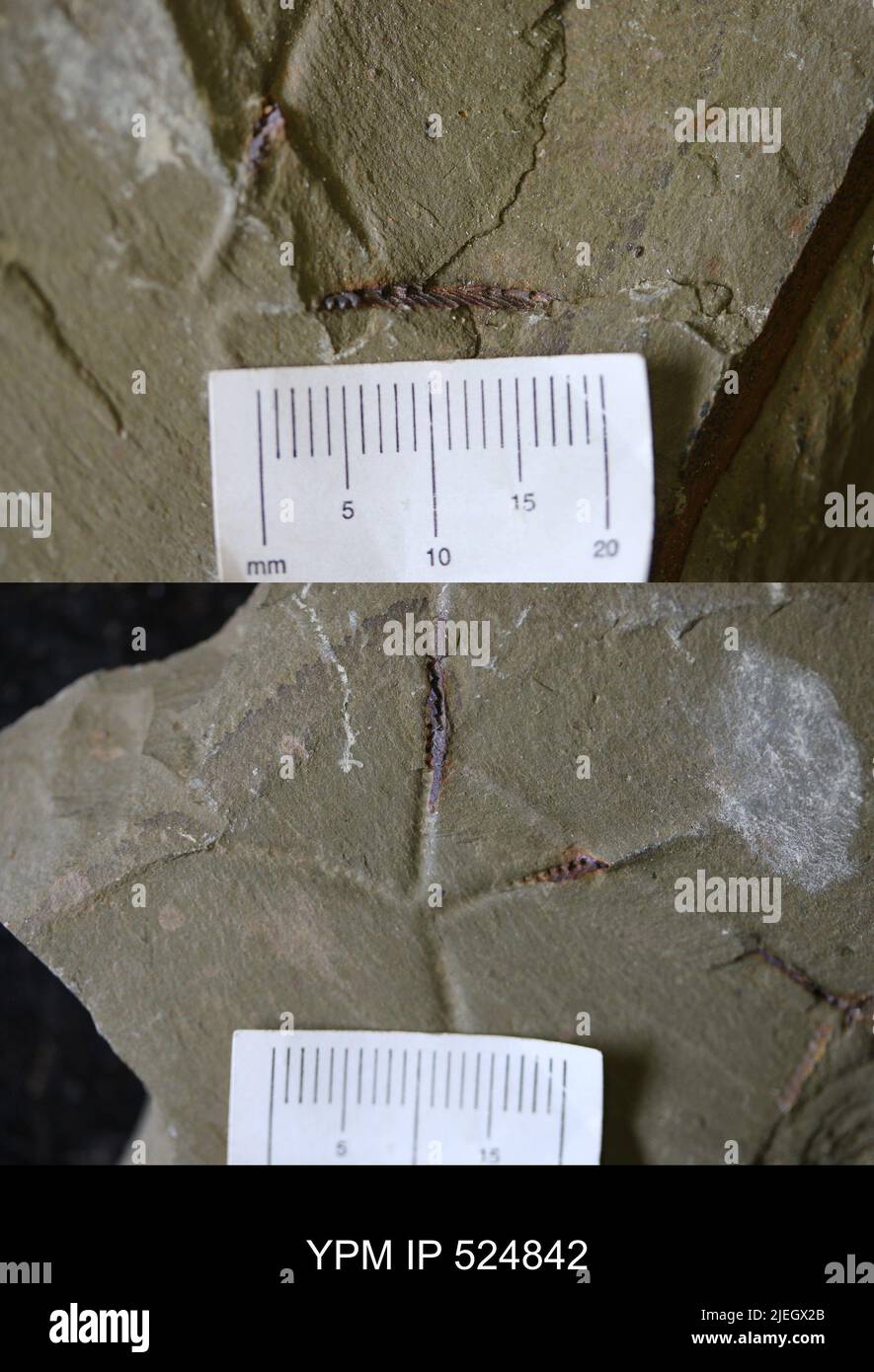 Graptoloidea. Stock Photohttps://www.alamy.com/image-license-details/?v=1https://www.alamy.com/graptoloidea-image473656803.html
Graptoloidea. Stock Photohttps://www.alamy.com/image-license-details/?v=1https://www.alamy.com/graptoloidea-image473656803.htmlRM2JEGX2B–Graptoloidea.
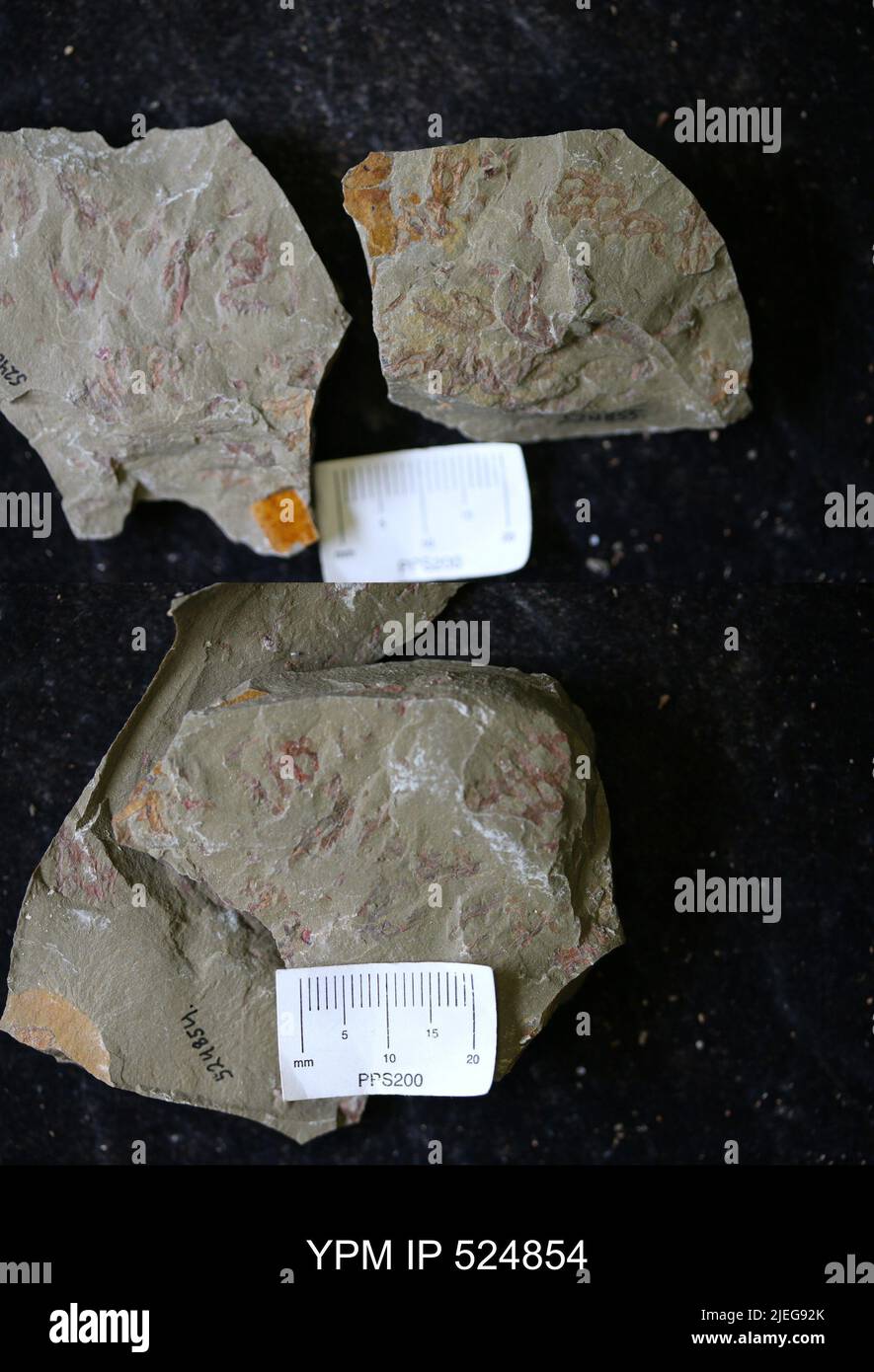 Graptoloidea. Stock Photohttps://www.alamy.com/image-license-details/?v=1https://www.alamy.com/graptoloidea-image473643483.html
Graptoloidea. Stock Photohttps://www.alamy.com/image-license-details/?v=1https://www.alamy.com/graptoloidea-image473643483.htmlRM2JEG92K–Graptoloidea.
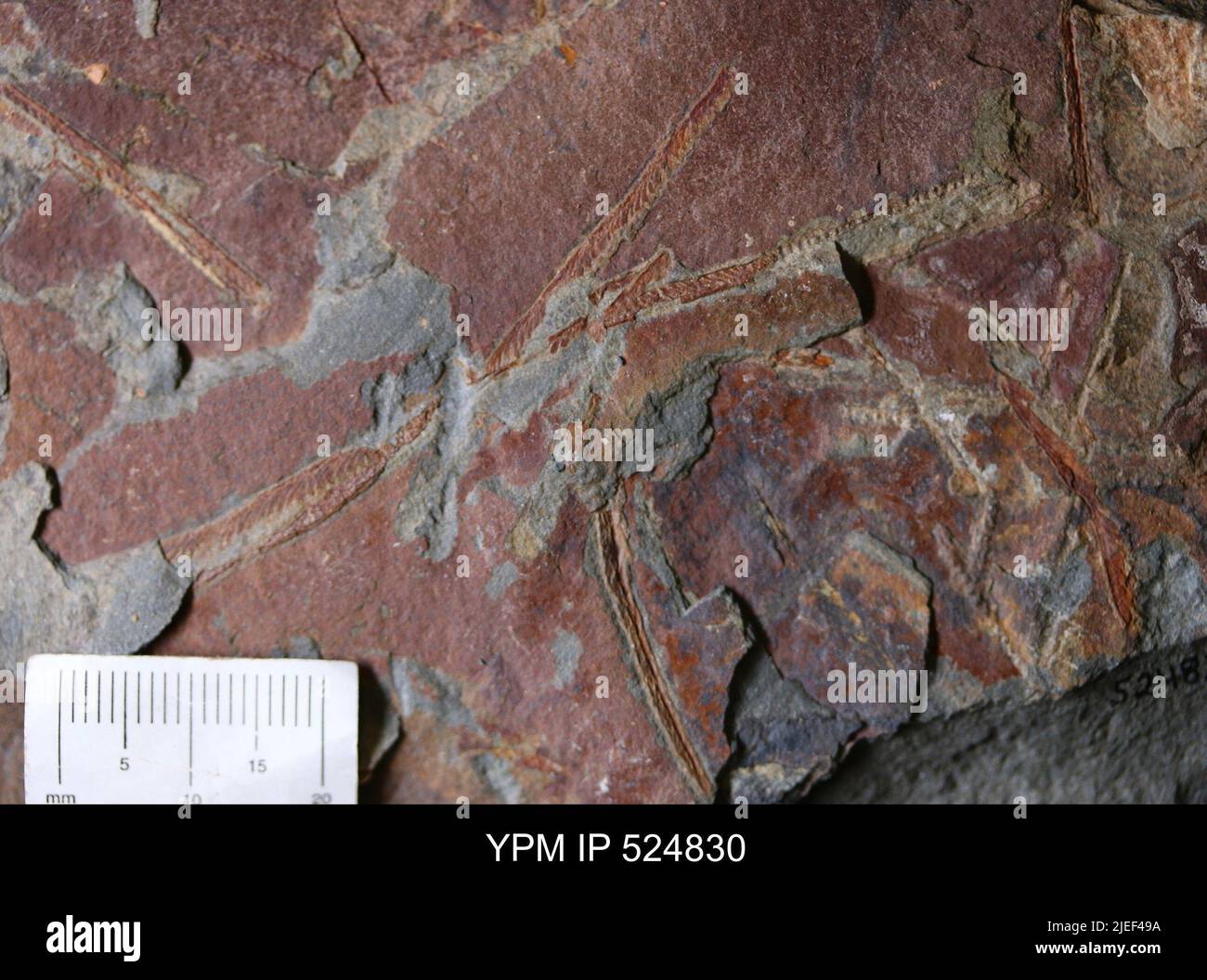 Graptoloidea. Stock Photohttps://www.alamy.com/image-license-details/?v=1https://www.alamy.com/graptoloidea-image473617798.html
Graptoloidea. Stock Photohttps://www.alamy.com/image-license-details/?v=1https://www.alamy.com/graptoloidea-image473617798.htmlRM2JEF49A–Graptoloidea.
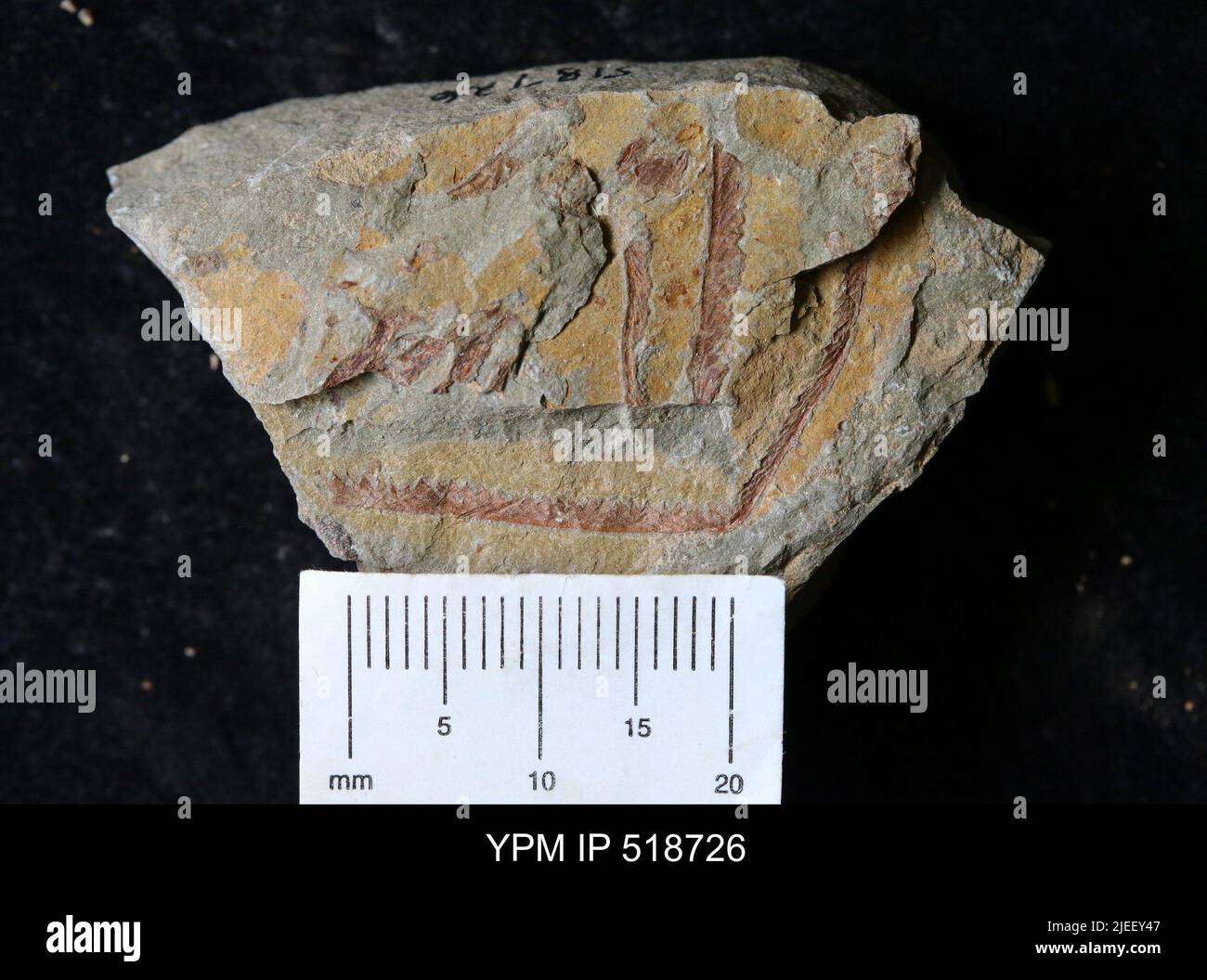 Graptoloidea. Stock Photohttps://www.alamy.com/image-license-details/?v=1https://www.alamy.com/graptoloidea-image473613735.html
Graptoloidea. Stock Photohttps://www.alamy.com/image-license-details/?v=1https://www.alamy.com/graptoloidea-image473613735.htmlRM2JEEY47–Graptoloidea.
 Retiolites geinitzianus. Stock Photohttps://www.alamy.com/image-license-details/?v=1https://www.alamy.com/retiolites-geinitzianus-image473636292.html
Retiolites geinitzianus. Stock Photohttps://www.alamy.com/image-license-details/?v=1https://www.alamy.com/retiolites-geinitzianus-image473636292.htmlRM2JEFYWT–Retiolites geinitzianus.
 Dichograptidae. Stock Photohttps://www.alamy.com/image-license-details/?v=1https://www.alamy.com/dichograptidae-image473660763.html
Dichograptidae. Stock Photohttps://www.alamy.com/image-license-details/?v=1https://www.alamy.com/dichograptidae-image473660763.htmlRM2JEH33R–Dichograptidae.
 Dichograptidae. Stock Photohttps://www.alamy.com/image-license-details/?v=1https://www.alamy.com/dichograptidae-image473635461.html
Dichograptidae. Stock Photohttps://www.alamy.com/image-license-details/?v=1https://www.alamy.com/dichograptidae-image473635461.htmlRM2JEFXT5–Dichograptidae.
 Dichograptidae. Stock Photohttps://www.alamy.com/image-license-details/?v=1https://www.alamy.com/dichograptidae-image473606663.html
Dichograptidae. Stock Photohttps://www.alamy.com/image-license-details/?v=1https://www.alamy.com/dichograptidae-image473606663.htmlRM2JEEJ3K–Dichograptidae.
 Rastrites sp. Stock Photohttps://www.alamy.com/image-license-details/?v=1https://www.alamy.com/rastrites-sp-image473647094.html
Rastrites sp. Stock Photohttps://www.alamy.com/image-license-details/?v=1https://www.alamy.com/rastrites-sp-image473647094.htmlRM2JEGDKJ–Rastrites sp.
 Monograptus sp. Stock Photohttps://www.alamy.com/image-license-details/?v=1https://www.alamy.com/monograptus-sp-image473646128.html
Monograptus sp. Stock Photohttps://www.alamy.com/image-license-details/?v=1https://www.alamy.com/monograptus-sp-image473646128.htmlRM2JEGCD4–Monograptus sp.
 Dichograptidae. Stock Photohttps://www.alamy.com/image-license-details/?v=1https://www.alamy.com/dichograptidae-image473618587.html
Dichograptidae. Stock Photohttps://www.alamy.com/image-license-details/?v=1https://www.alamy.com/dichograptidae-image473618587.htmlRM2JEF59F–Dichograptidae.
 Monograptus priodon Bronn. Stock Photohttps://www.alamy.com/image-license-details/?v=1https://www.alamy.com/monograptus-priodon-bronn-image473623096.html
Monograptus priodon Bronn. Stock Photohttps://www.alamy.com/image-license-details/?v=1https://www.alamy.com/monograptus-priodon-bronn-image473623096.htmlRM2JEFB2G–Monograptus priodon Bronn.
 Monograptus sp. Stock Photohttps://www.alamy.com/image-license-details/?v=1https://www.alamy.com/monograptus-sp-image473631138.html
Monograptus sp. Stock Photohttps://www.alamy.com/image-license-details/?v=1https://www.alamy.com/monograptus-sp-image473631138.htmlRM2JEFN9P–Monograptus sp.
 Rastrites sp. Stock Photohttps://www.alamy.com/image-license-details/?v=1https://www.alamy.com/rastrites-sp-image473603290.html
Rastrites sp. Stock Photohttps://www.alamy.com/image-license-details/?v=1https://www.alamy.com/rastrites-sp-image473603290.htmlRM2JEEDR6–Rastrites sp.
 Rastrites sp. Stock Photohttps://www.alamy.com/image-license-details/?v=1https://www.alamy.com/rastrites-sp-image473657454.html
Rastrites sp. Stock Photohttps://www.alamy.com/image-license-details/?v=1https://www.alamy.com/rastrites-sp-image473657454.htmlRM2JEGXWJ–Rastrites sp.
 Rastrites sp. Stock Photohttps://www.alamy.com/image-license-details/?v=1https://www.alamy.com/rastrites-sp-image473646120.html
Rastrites sp. Stock Photohttps://www.alamy.com/image-license-details/?v=1https://www.alamy.com/rastrites-sp-image473646120.htmlRM2JEGCCT–Rastrites sp.
 Tetragraptus sp. Stock Photohttps://www.alamy.com/image-license-details/?v=1https://www.alamy.com/tetragraptus-sp-image473653795.html
Tetragraptus sp. Stock Photohttps://www.alamy.com/image-license-details/?v=1https://www.alamy.com/tetragraptus-sp-image473653795.htmlRM2JEGP6Y–Tetragraptus sp.
 Rastrites sp. Stock Photohttps://www.alamy.com/image-license-details/?v=1https://www.alamy.com/rastrites-sp-image473661545.html
Rastrites sp. Stock Photohttps://www.alamy.com/image-license-details/?v=1https://www.alamy.com/rastrites-sp-image473661545.htmlRM2JEH43N–Rastrites sp.
 Phyllograptus typus Hall. Stock Photohttps://www.alamy.com/image-license-details/?v=1https://www.alamy.com/phyllograptus-typus-hall-image473681758.html
Phyllograptus typus Hall. Stock Photohttps://www.alamy.com/image-license-details/?v=1https://www.alamy.com/phyllograptus-typus-hall-image473681758.htmlRM2JEJ1WJ–Phyllograptus typus Hall.
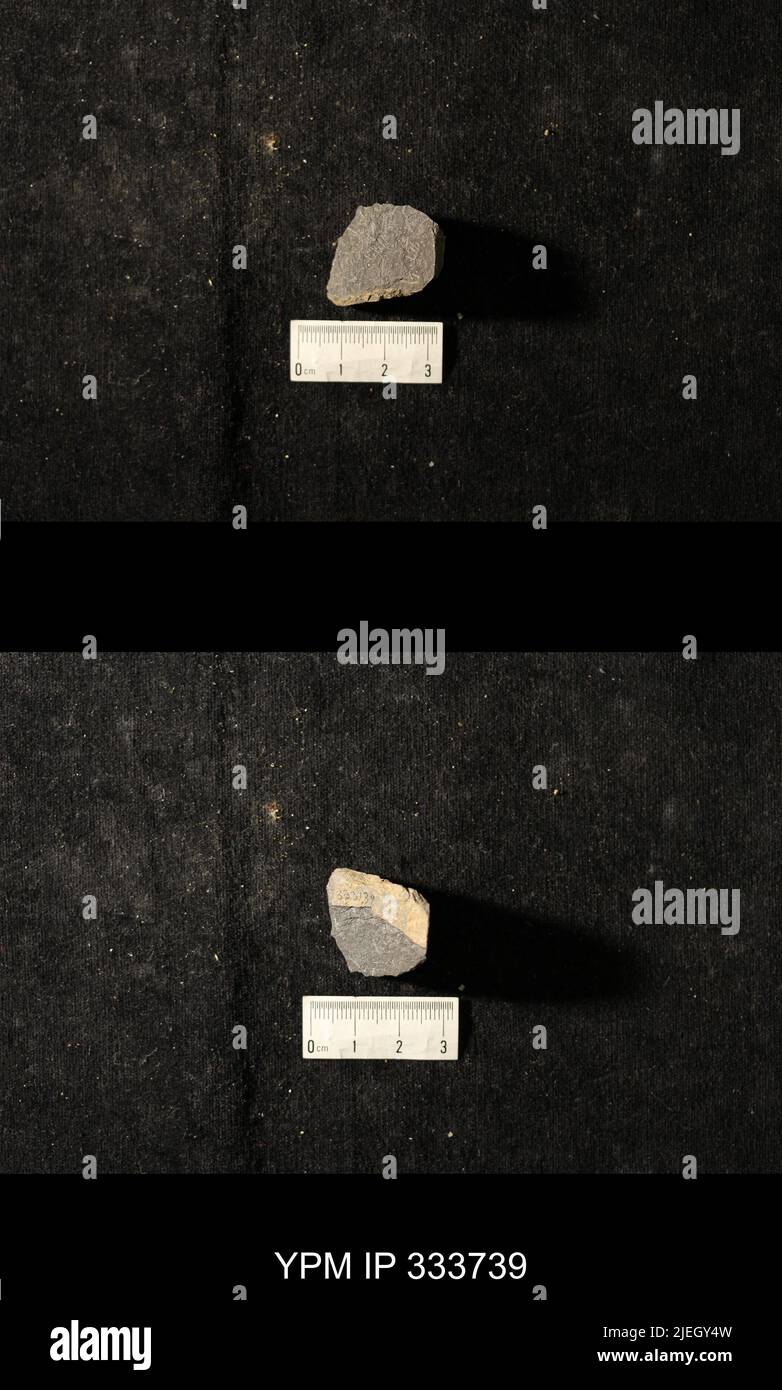 Rastrites sp. Stock Photohttps://www.alamy.com/image-license-details/?v=1https://www.alamy.com/rastrites-sp-image473657657.html
Rastrites sp. Stock Photohttps://www.alamy.com/image-license-details/?v=1https://www.alamy.com/rastrites-sp-image473657657.htmlRM2JEGY4W–Rastrites sp.
 Rastrites sp. Stock Photohttps://www.alamy.com/image-license-details/?v=1https://www.alamy.com/rastrites-sp-image473602507.html
Rastrites sp. Stock Photohttps://www.alamy.com/image-license-details/?v=1https://www.alamy.com/rastrites-sp-image473602507.htmlRM2JEECR7–Rastrites sp.
 Rastrites sp. Stock Photohttps://www.alamy.com/image-license-details/?v=1https://www.alamy.com/rastrites-sp-image473661056.html
Rastrites sp. Stock Photohttps://www.alamy.com/image-license-details/?v=1https://www.alamy.com/rastrites-sp-image473661056.htmlRM2JEH3E8–Rastrites sp.
 Leptograptus flaccidus. Stock Photohttps://www.alamy.com/image-license-details/?v=1https://www.alamy.com/leptograptus-flaccidus-image473622527.html
Leptograptus flaccidus. Stock Photohttps://www.alamy.com/image-license-details/?v=1https://www.alamy.com/leptograptus-flaccidus-image473622527.htmlRM2JEFAA7–Leptograptus flaccidus.
 Rastrites sp. Stock Photohttps://www.alamy.com/image-license-details/?v=1https://www.alamy.com/rastrites-sp-image473651656.html
Rastrites sp. Stock Photohttps://www.alamy.com/image-license-details/?v=1https://www.alamy.com/rastrites-sp-image473651656.htmlRM2JEGKEG–Rastrites sp.
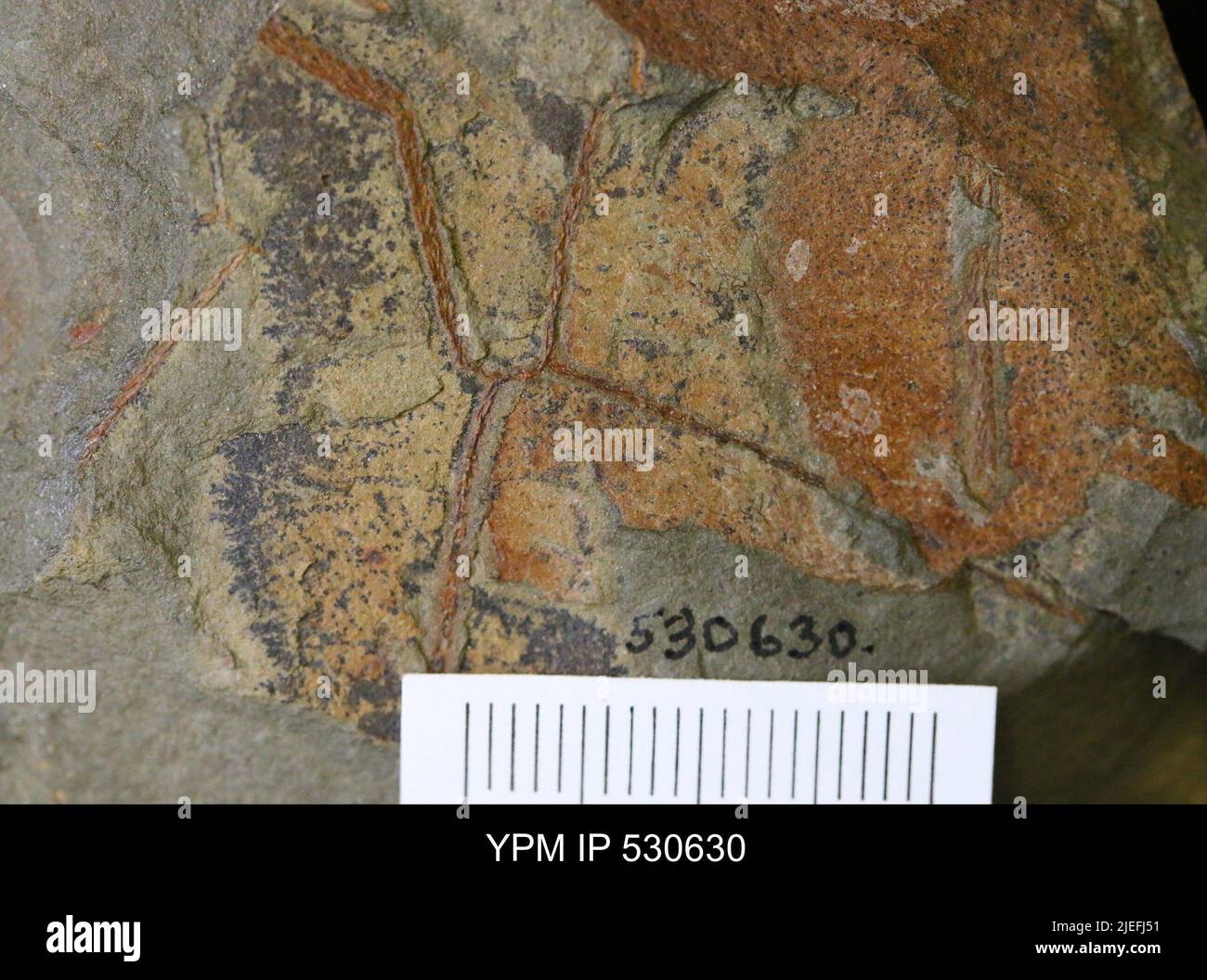 Dichograptidae. Stock Photohttps://www.alamy.com/image-license-details/?v=1https://www.alamy.com/dichograptidae-image473628653.html
Dichograptidae. Stock Photohttps://www.alamy.com/image-license-details/?v=1https://www.alamy.com/dichograptidae-image473628653.htmlRM2JEFJ51–Dichograptidae.

